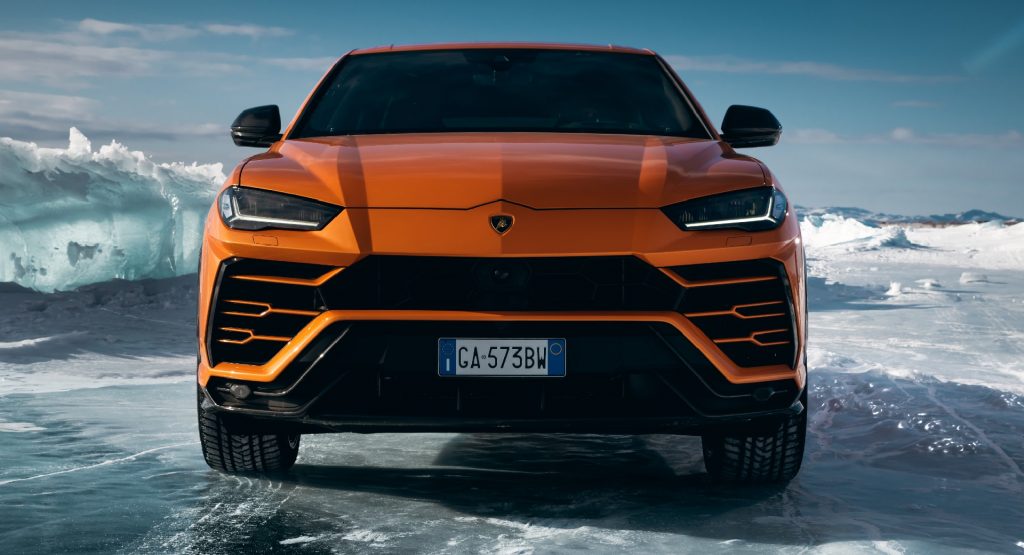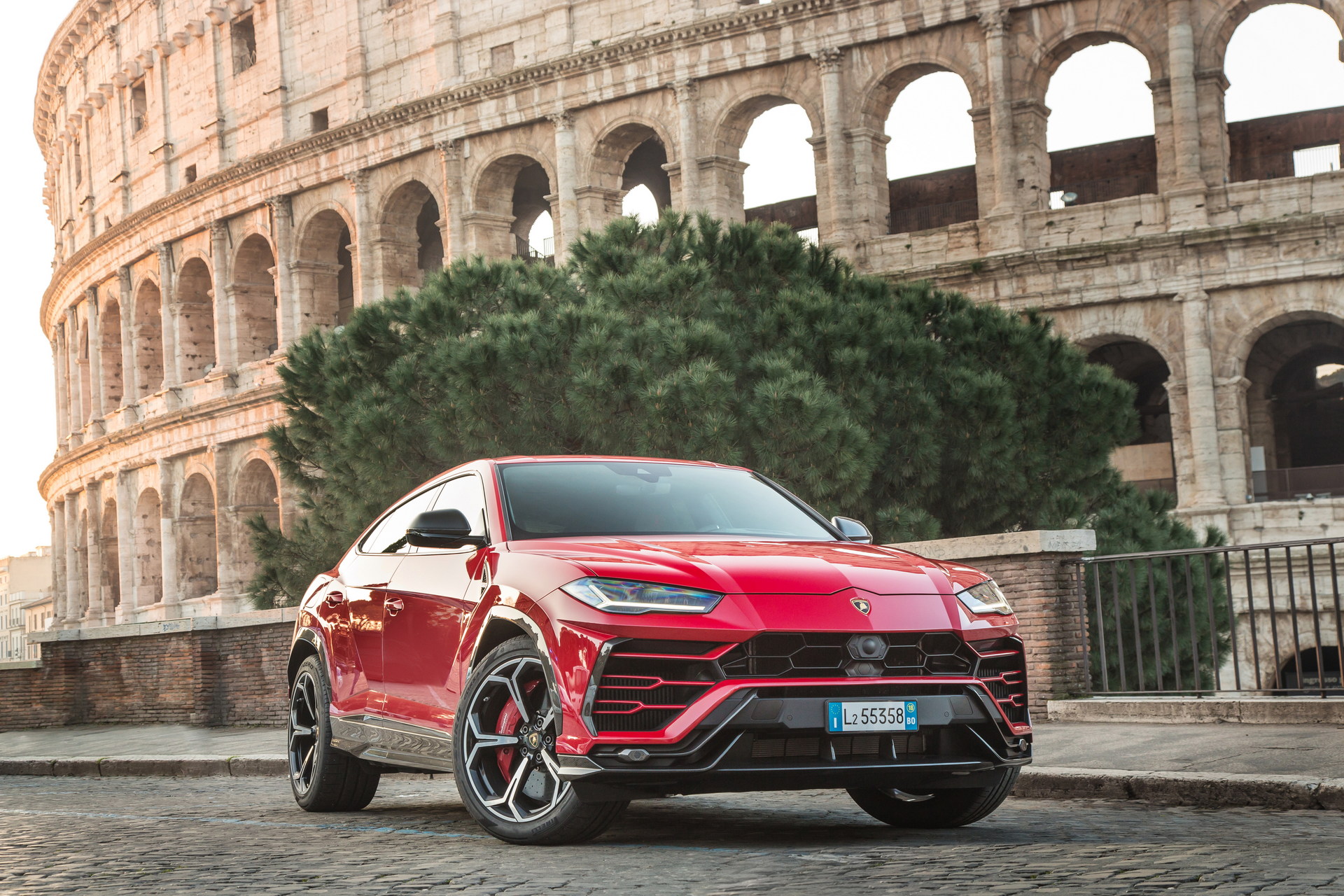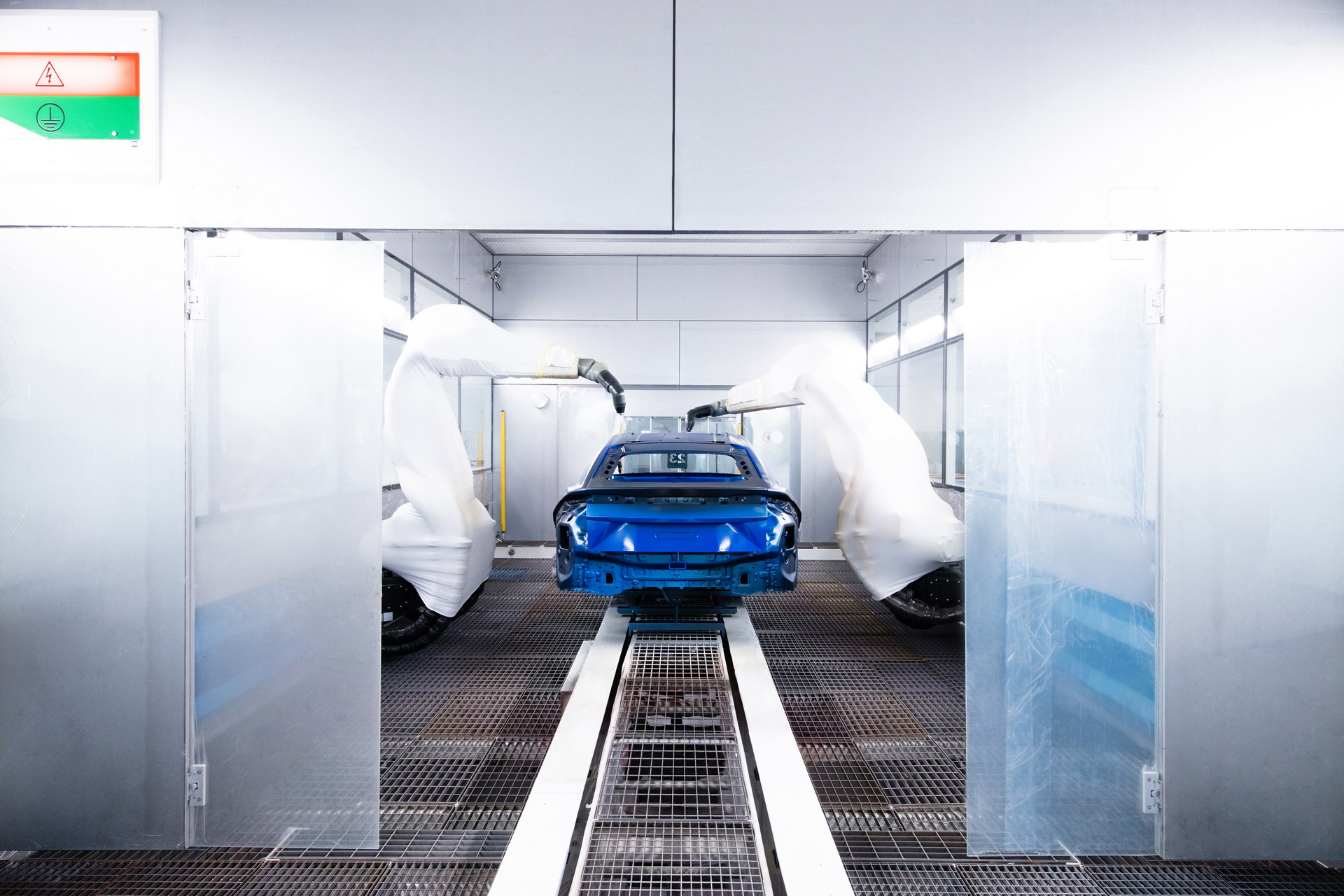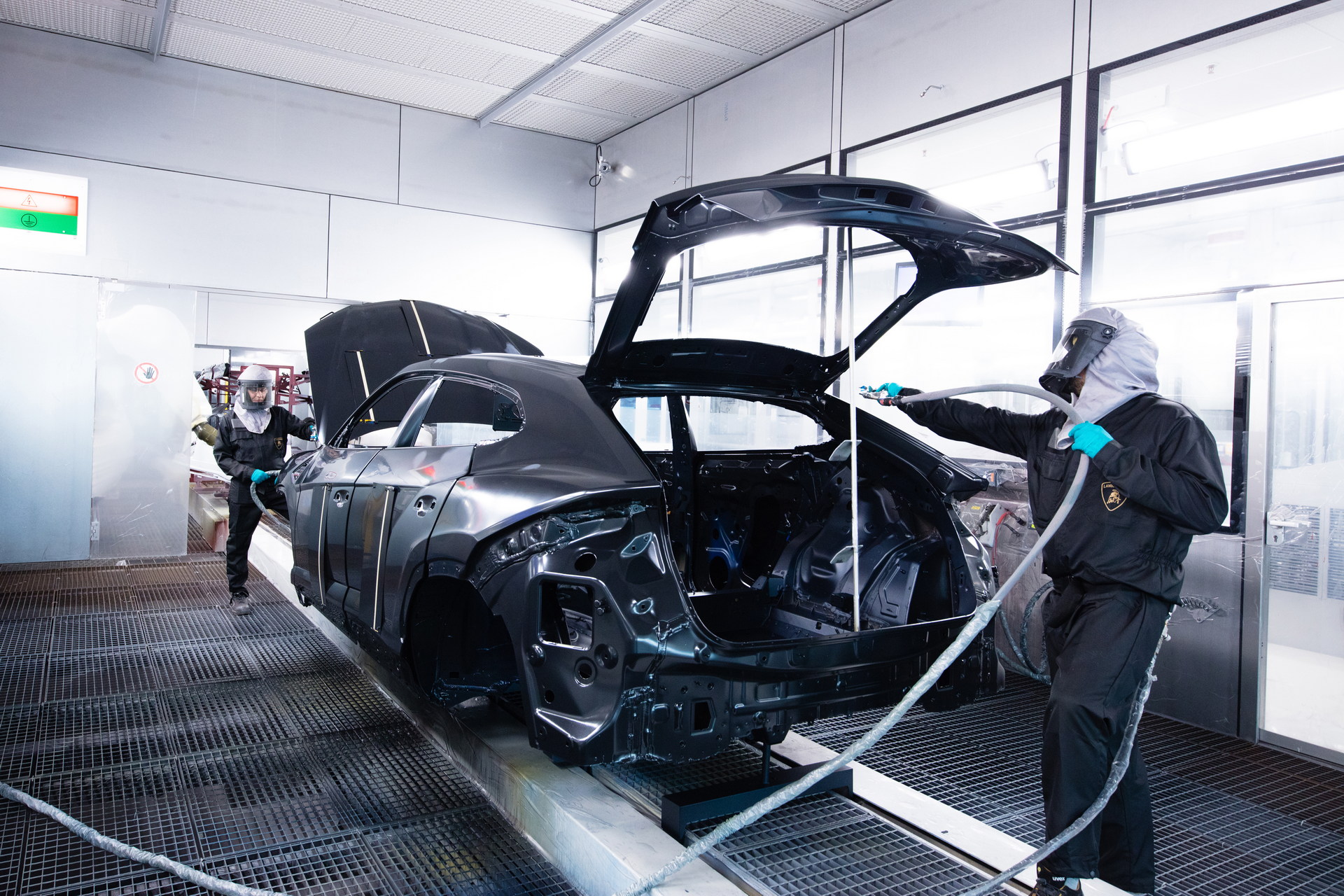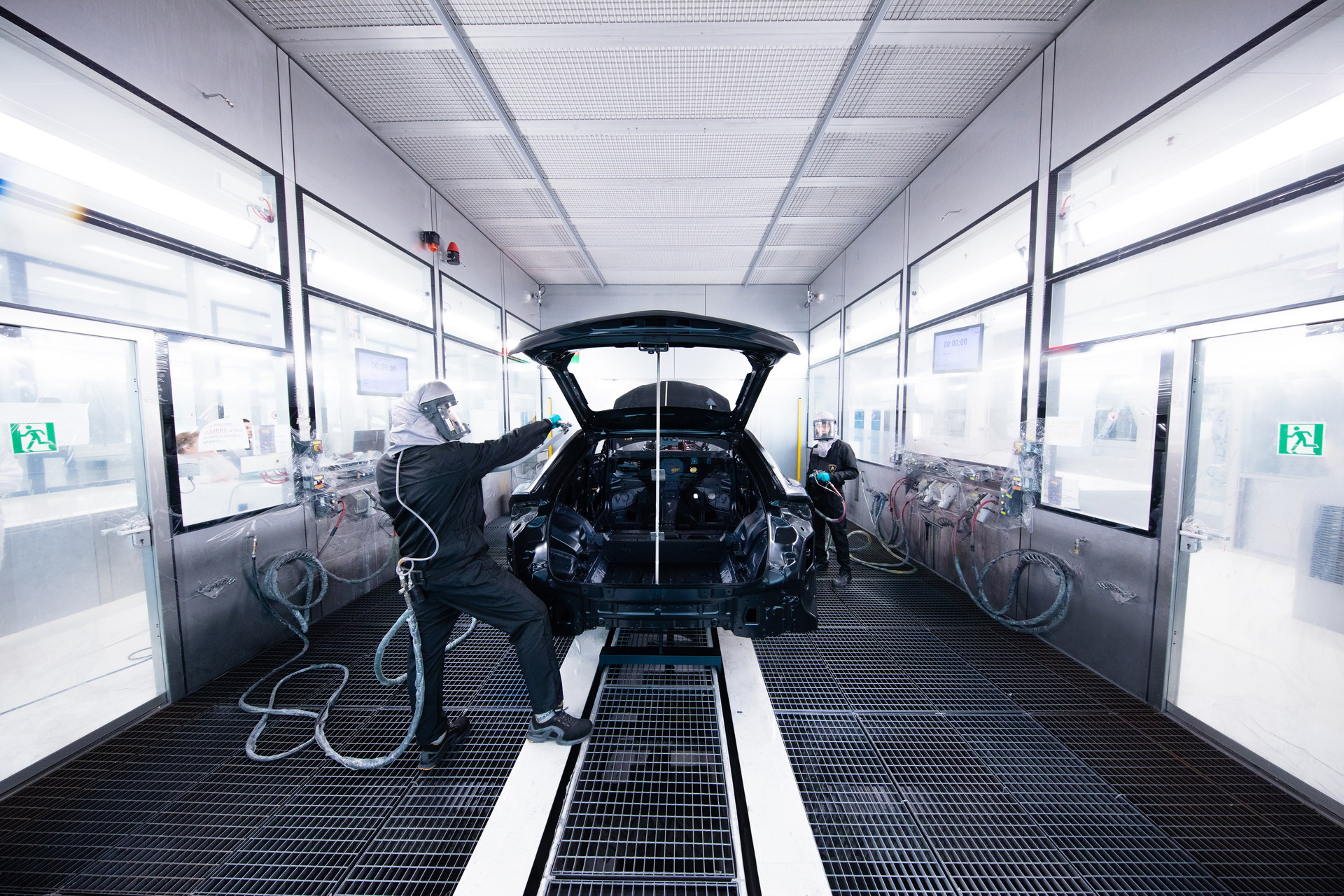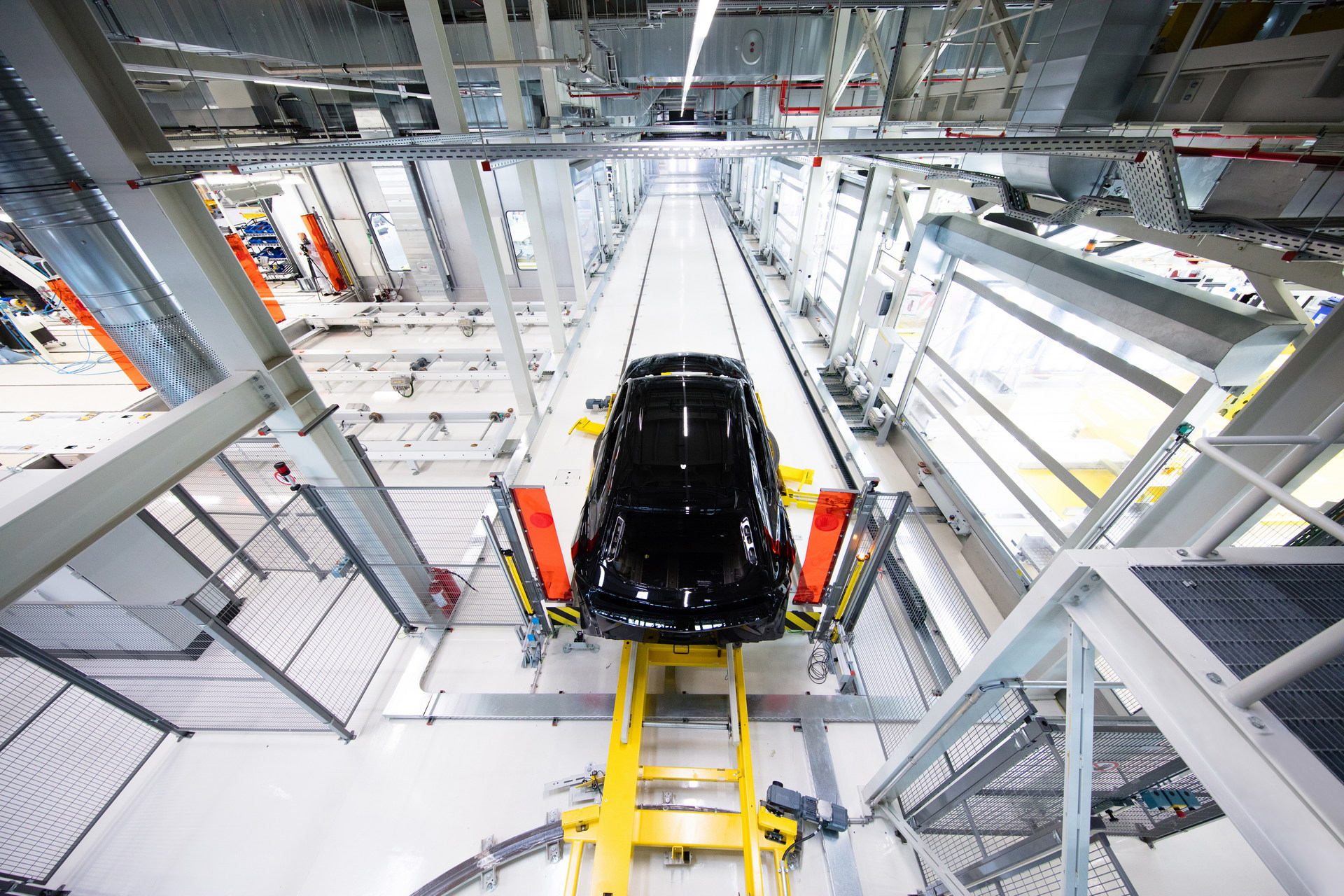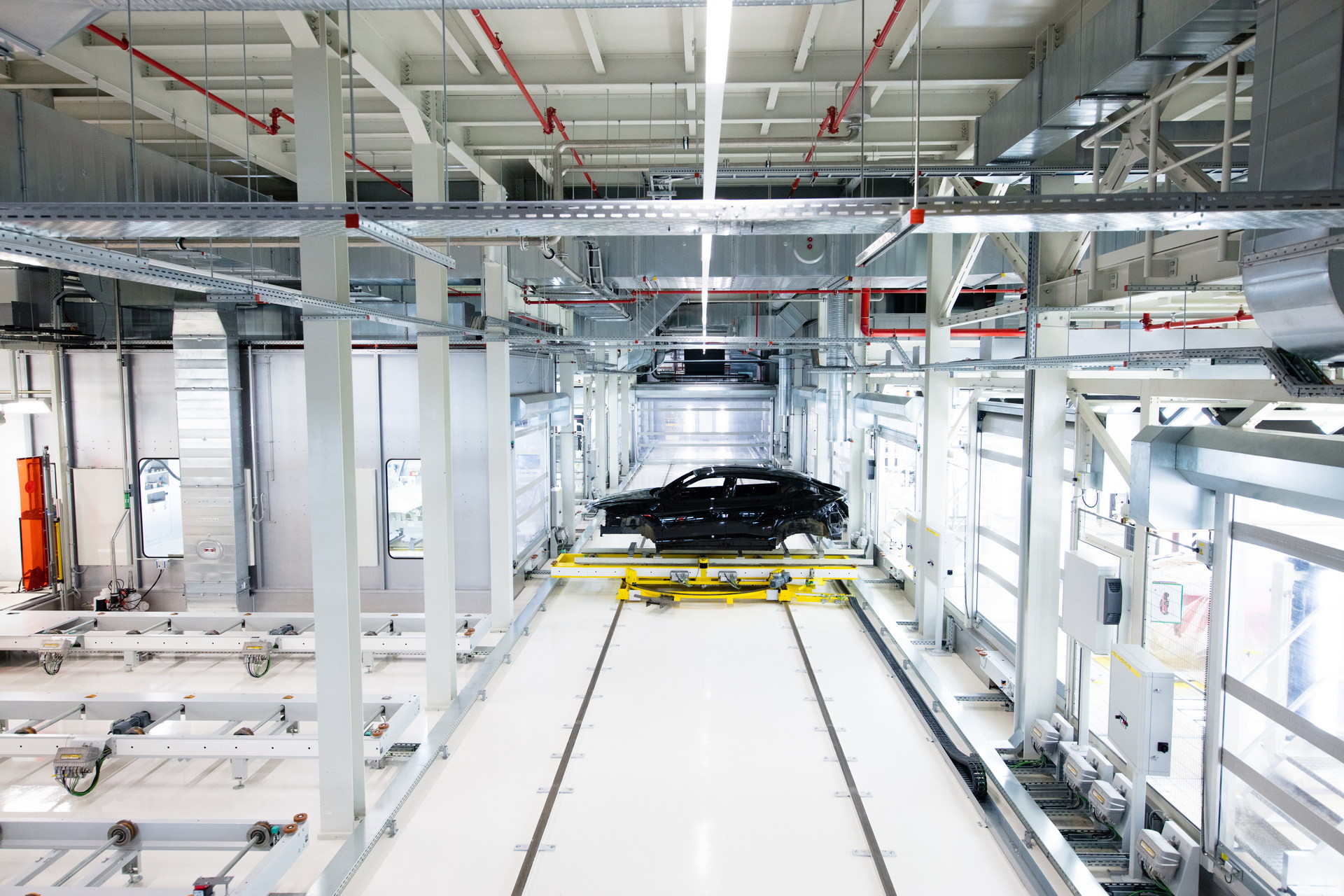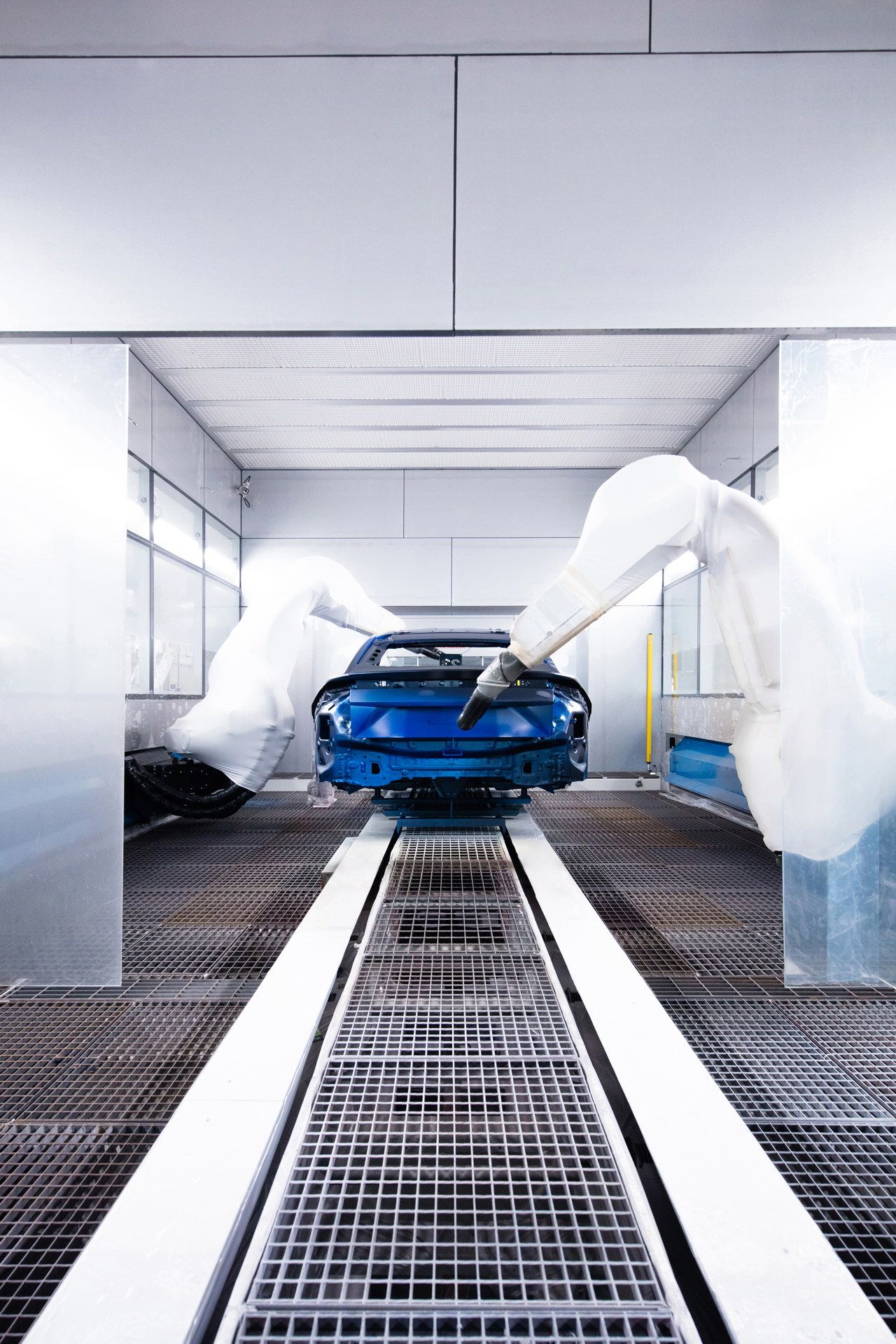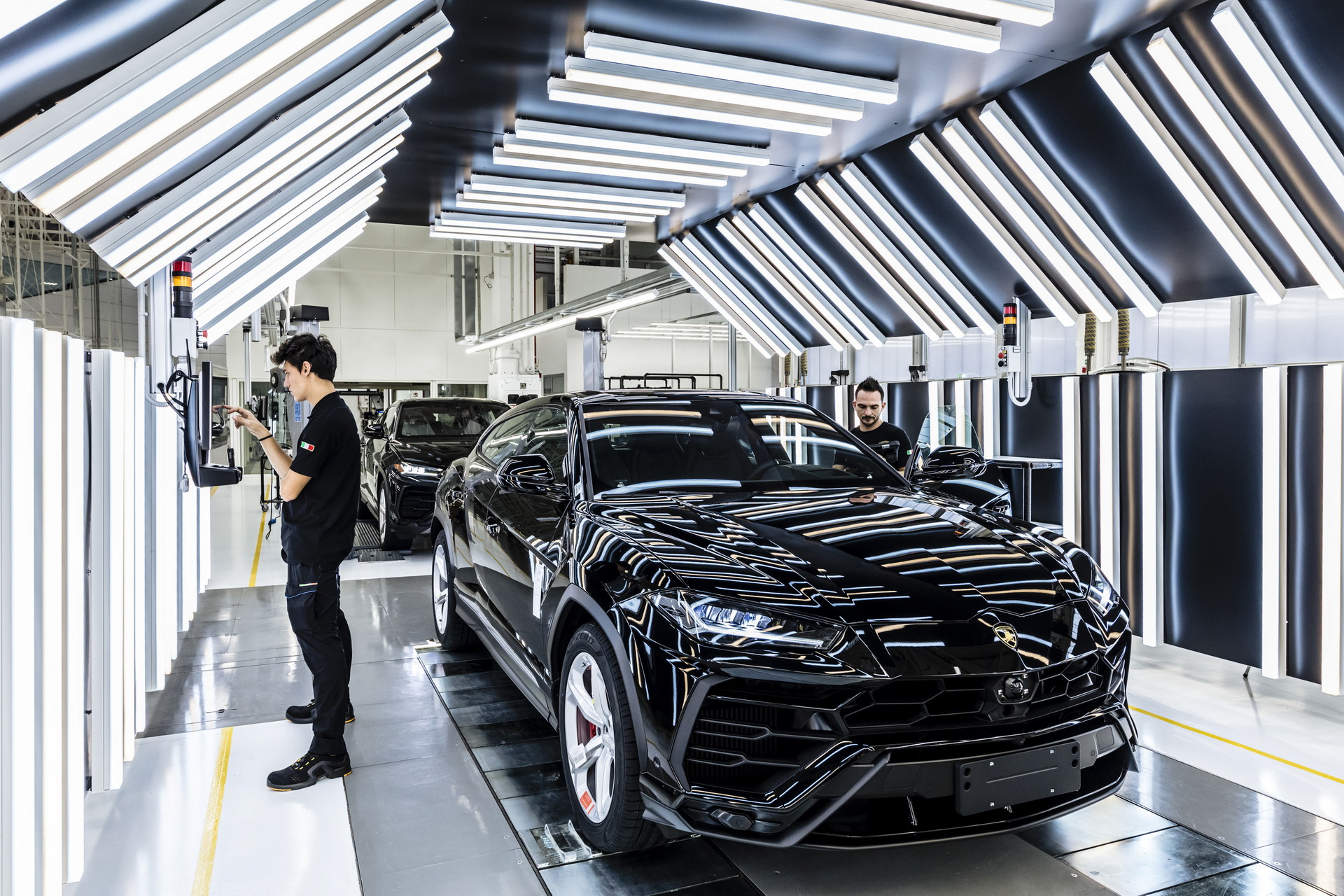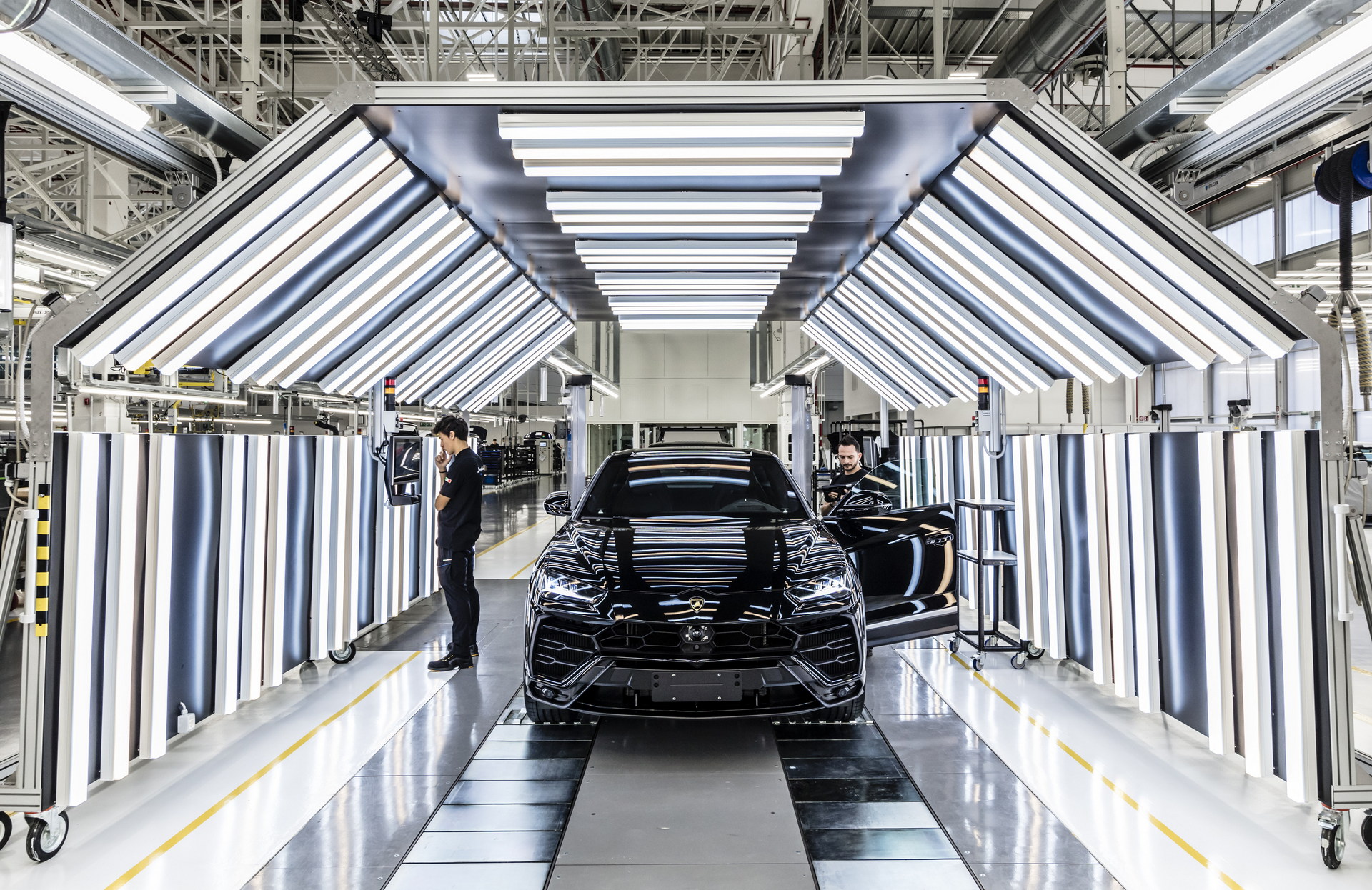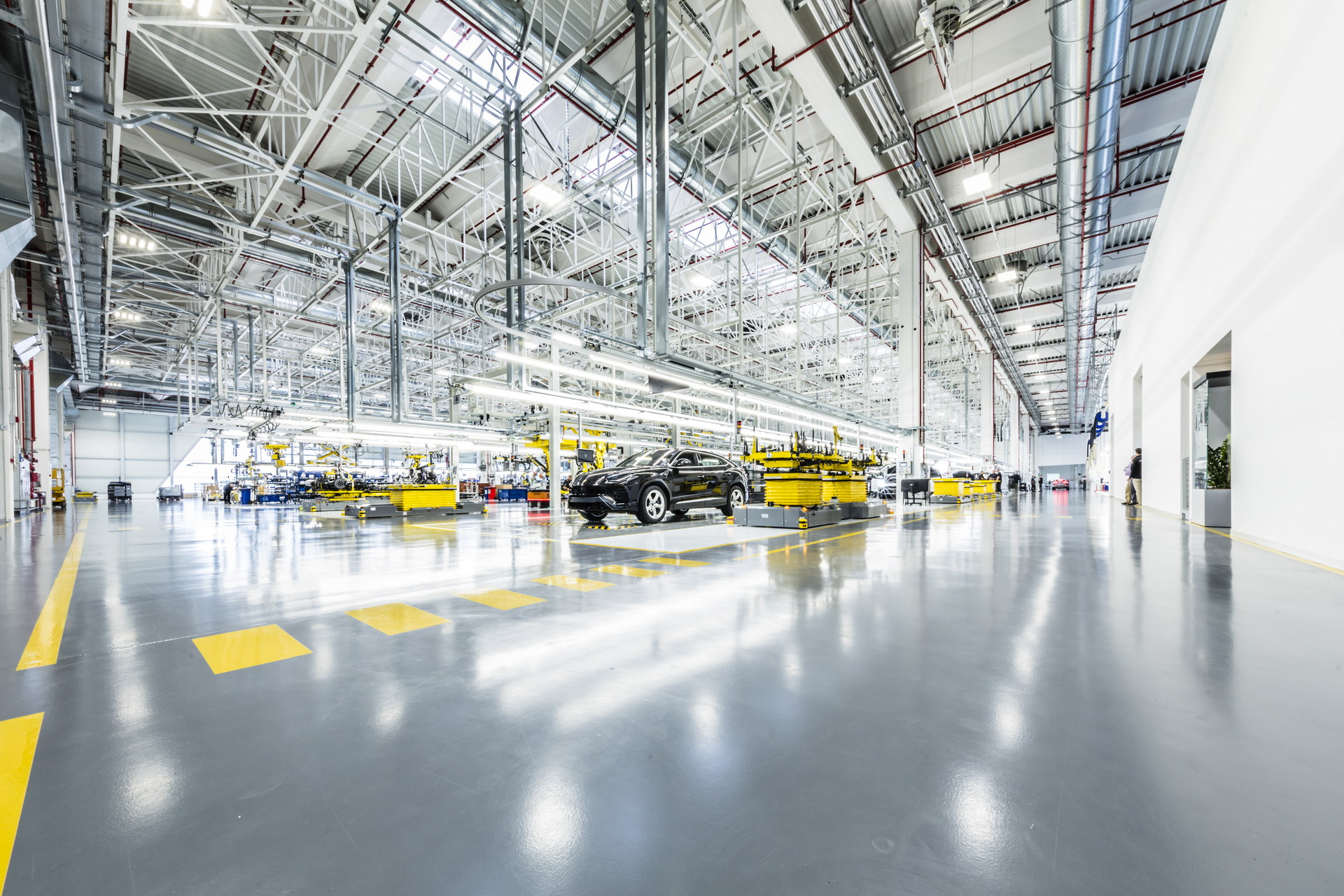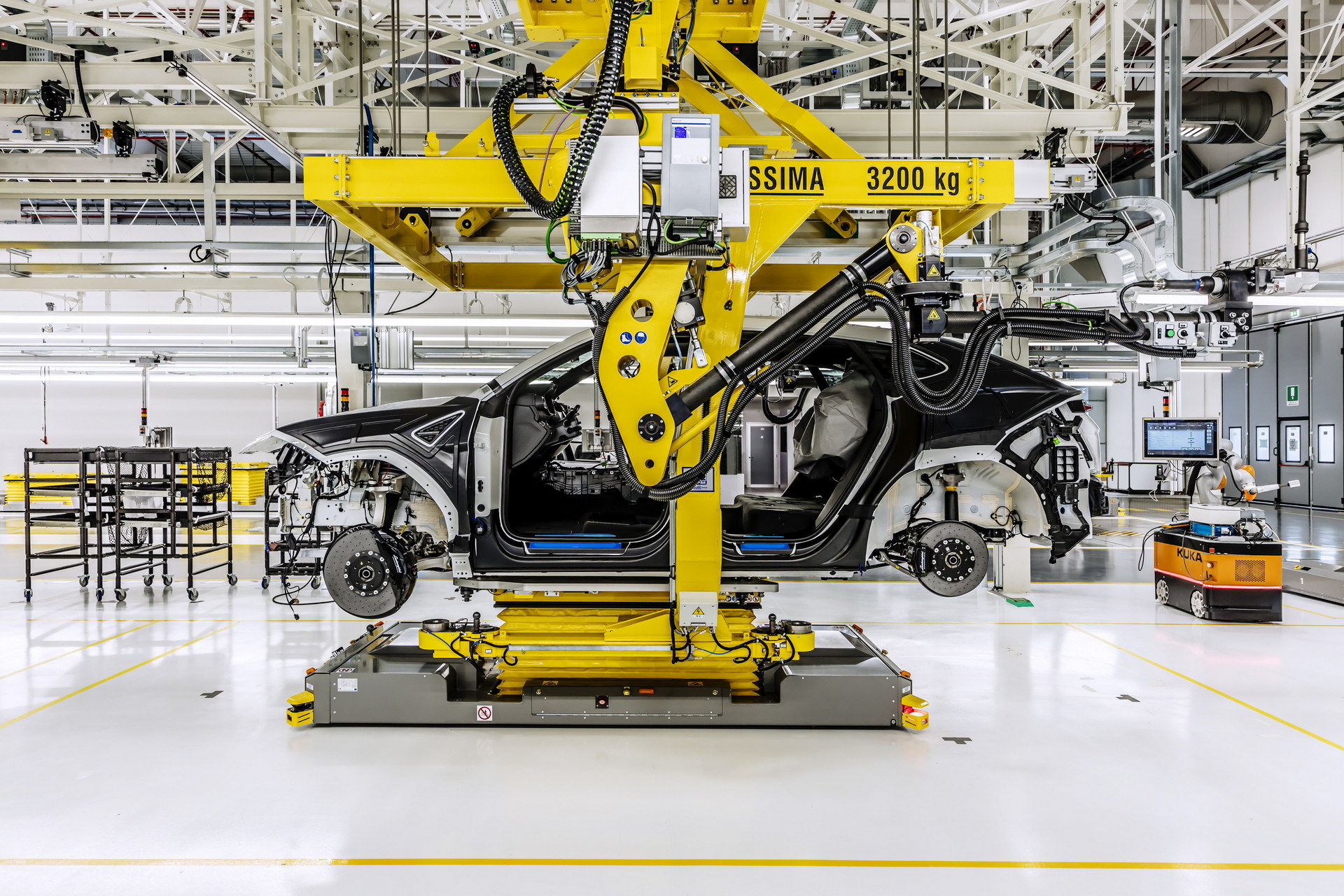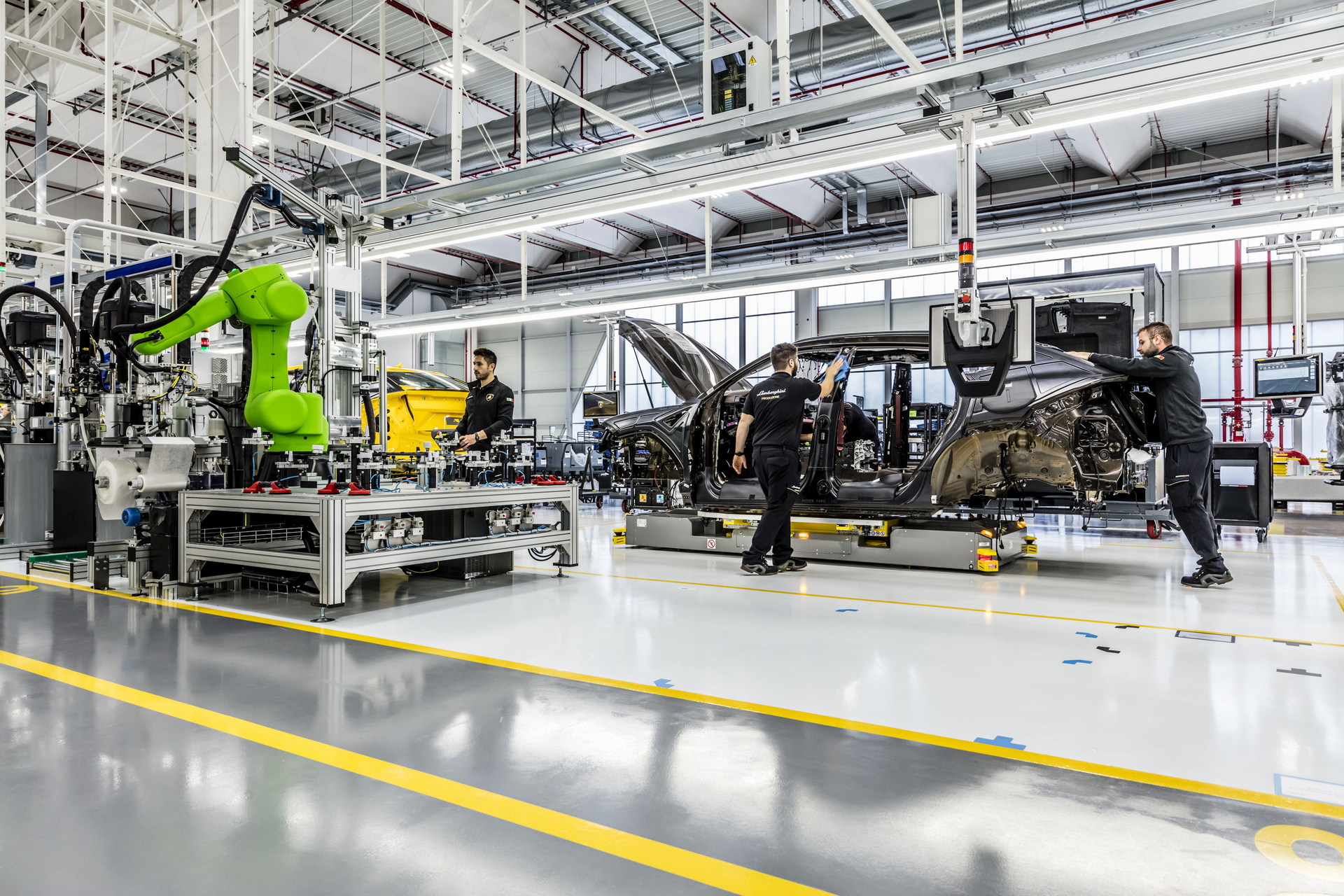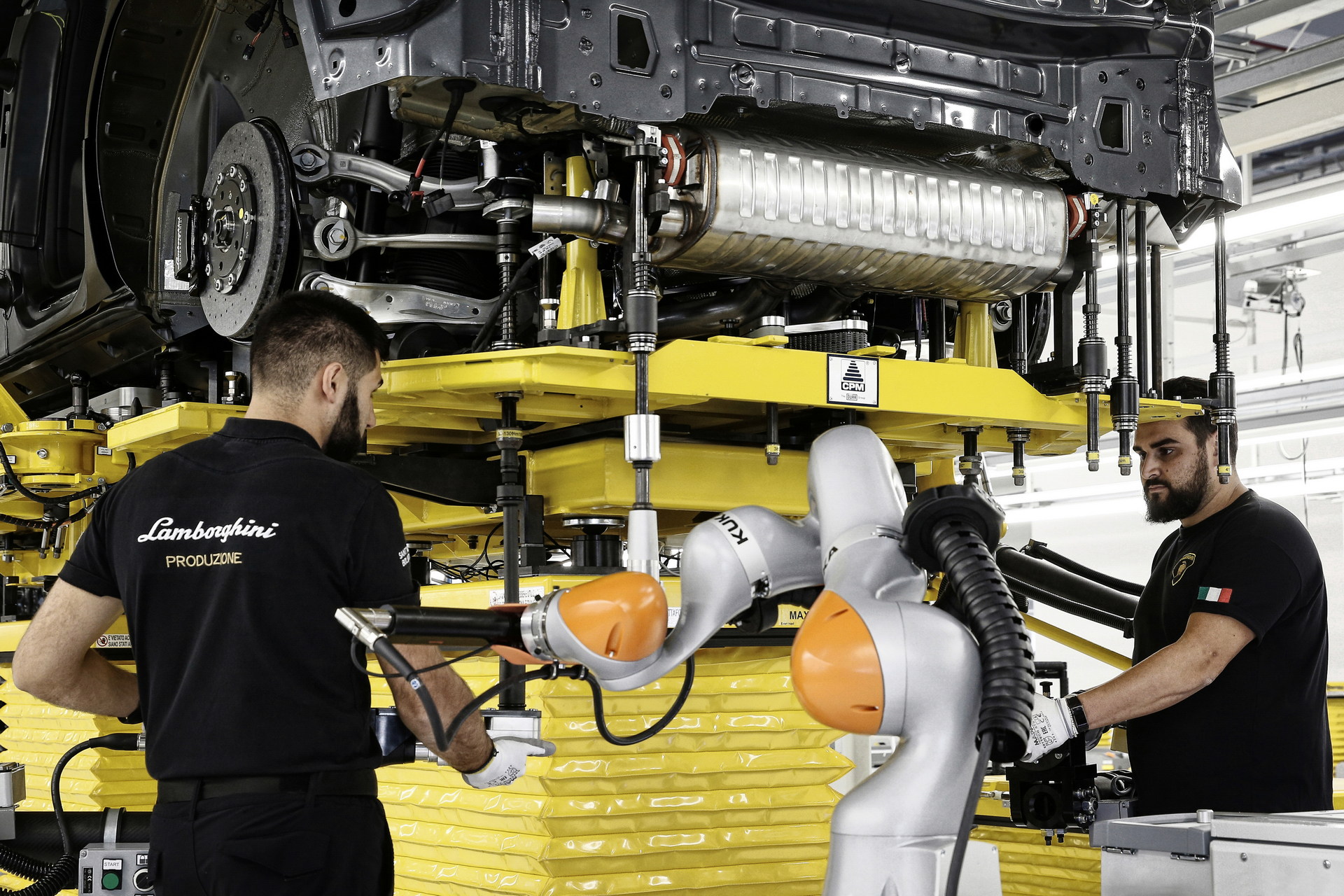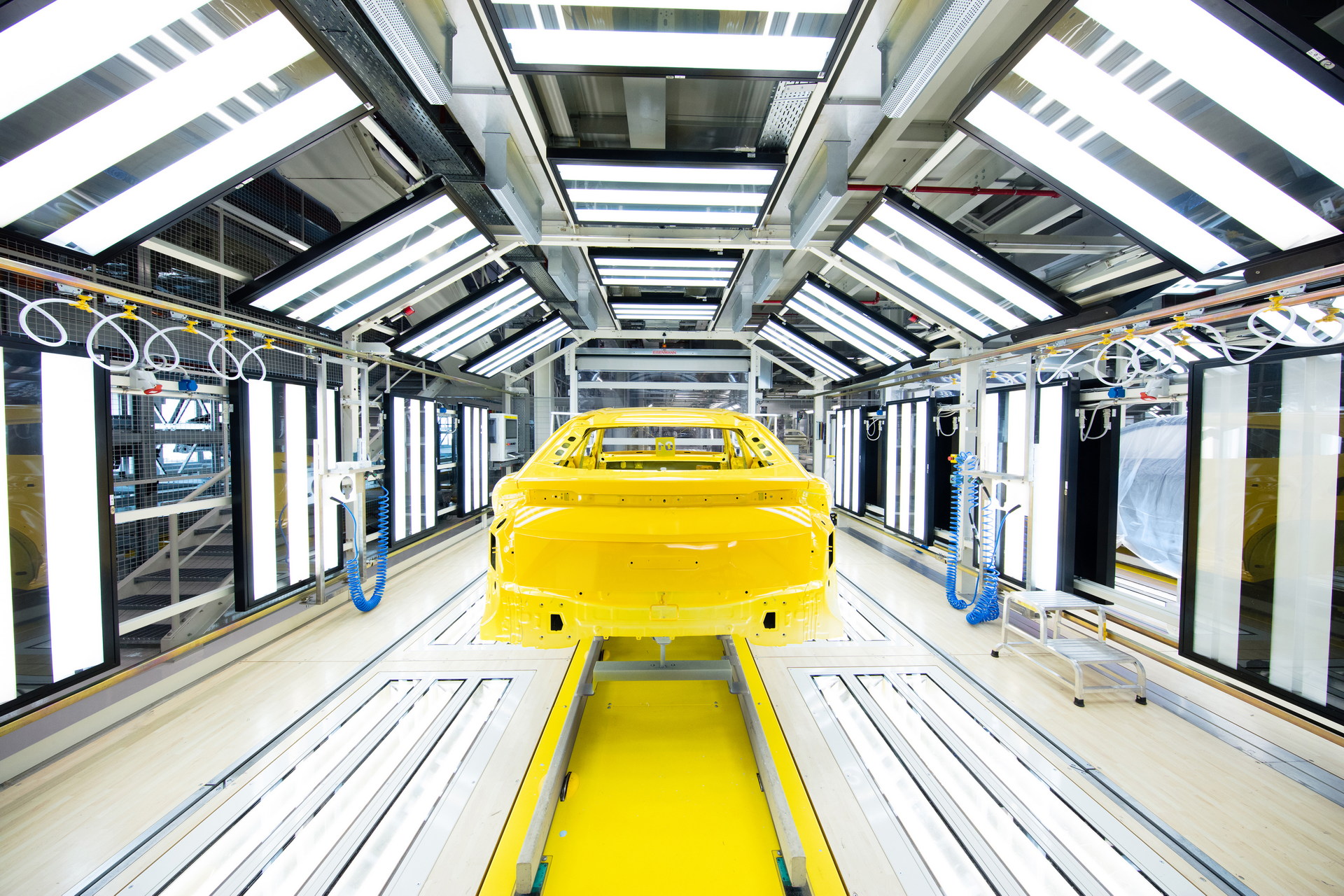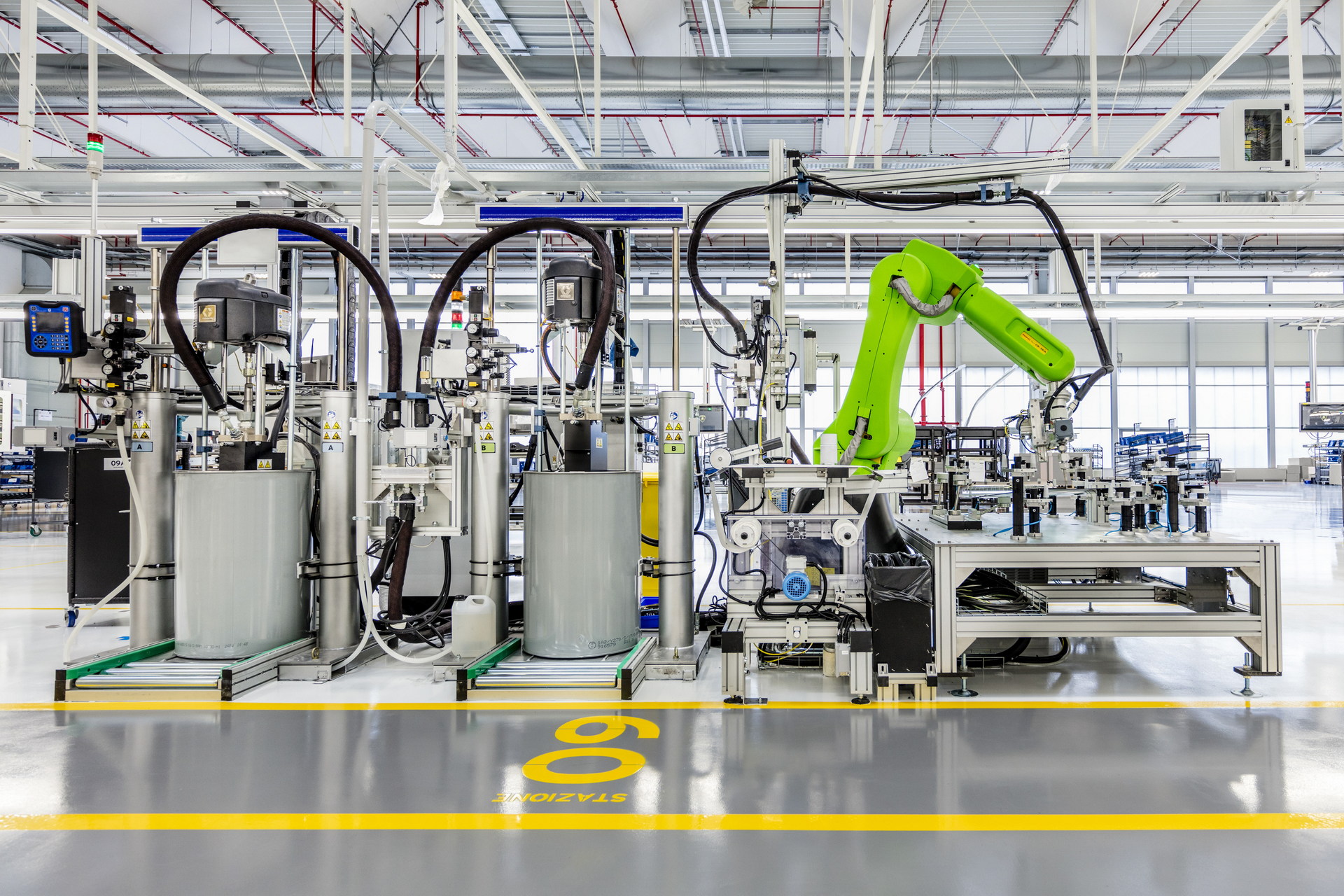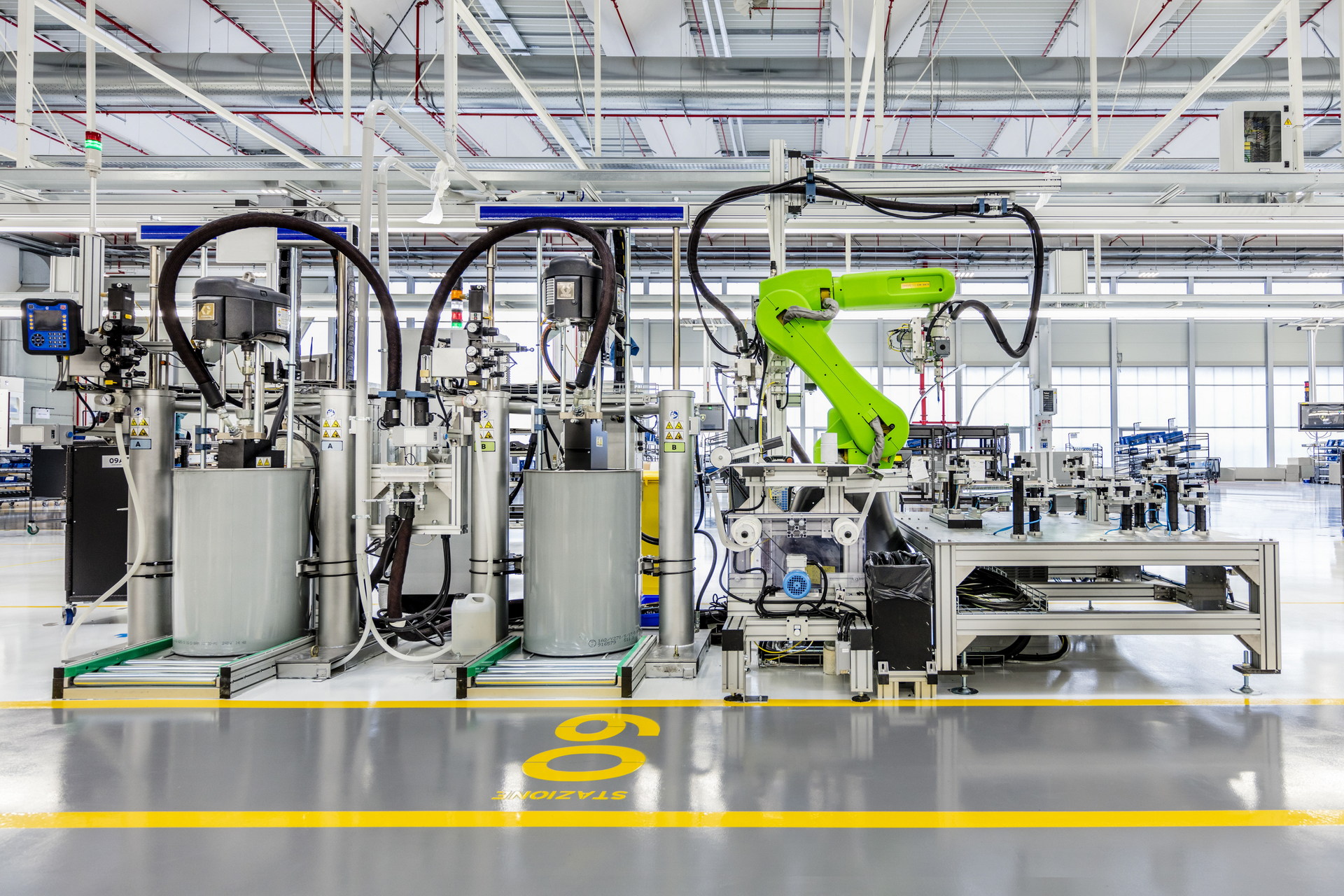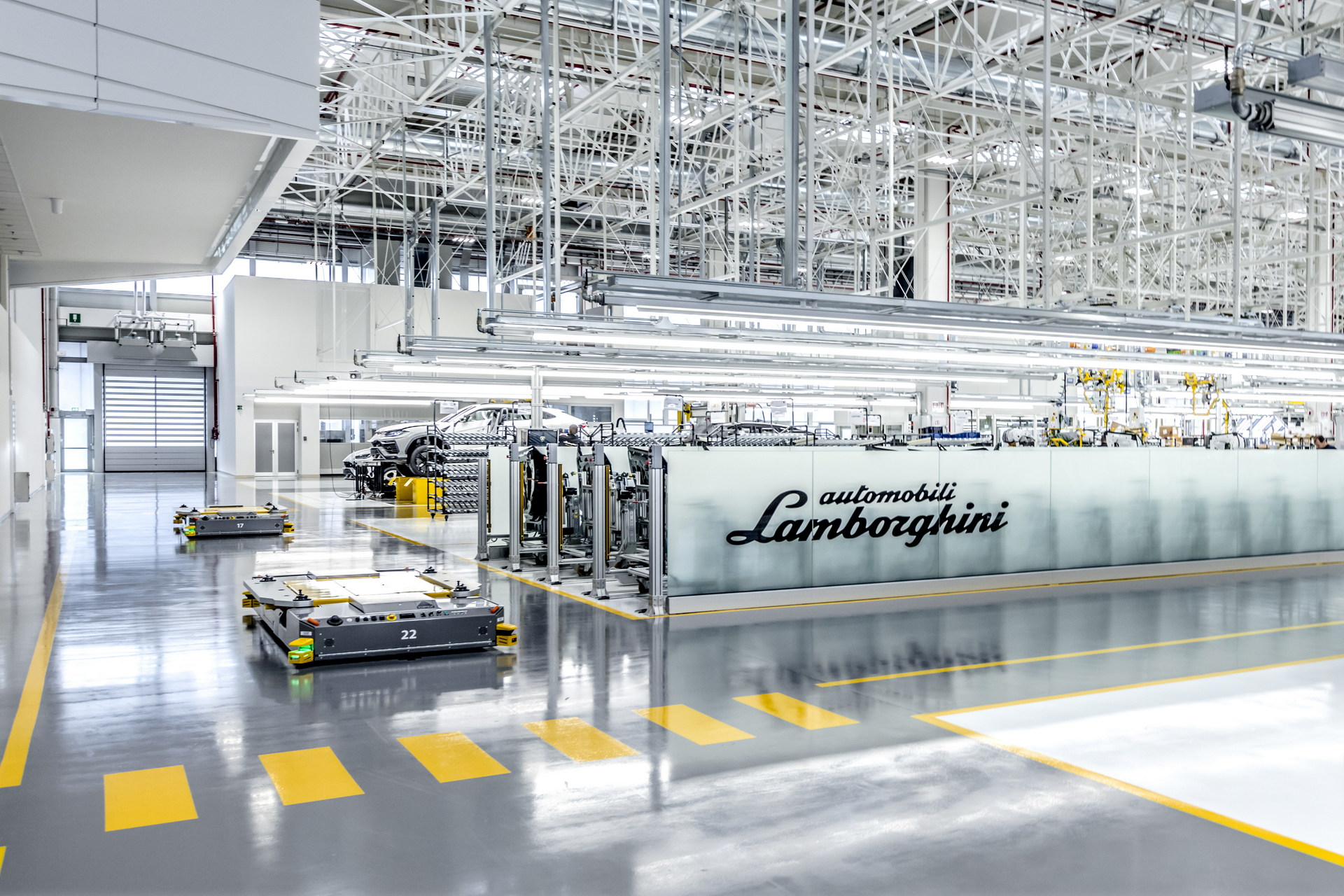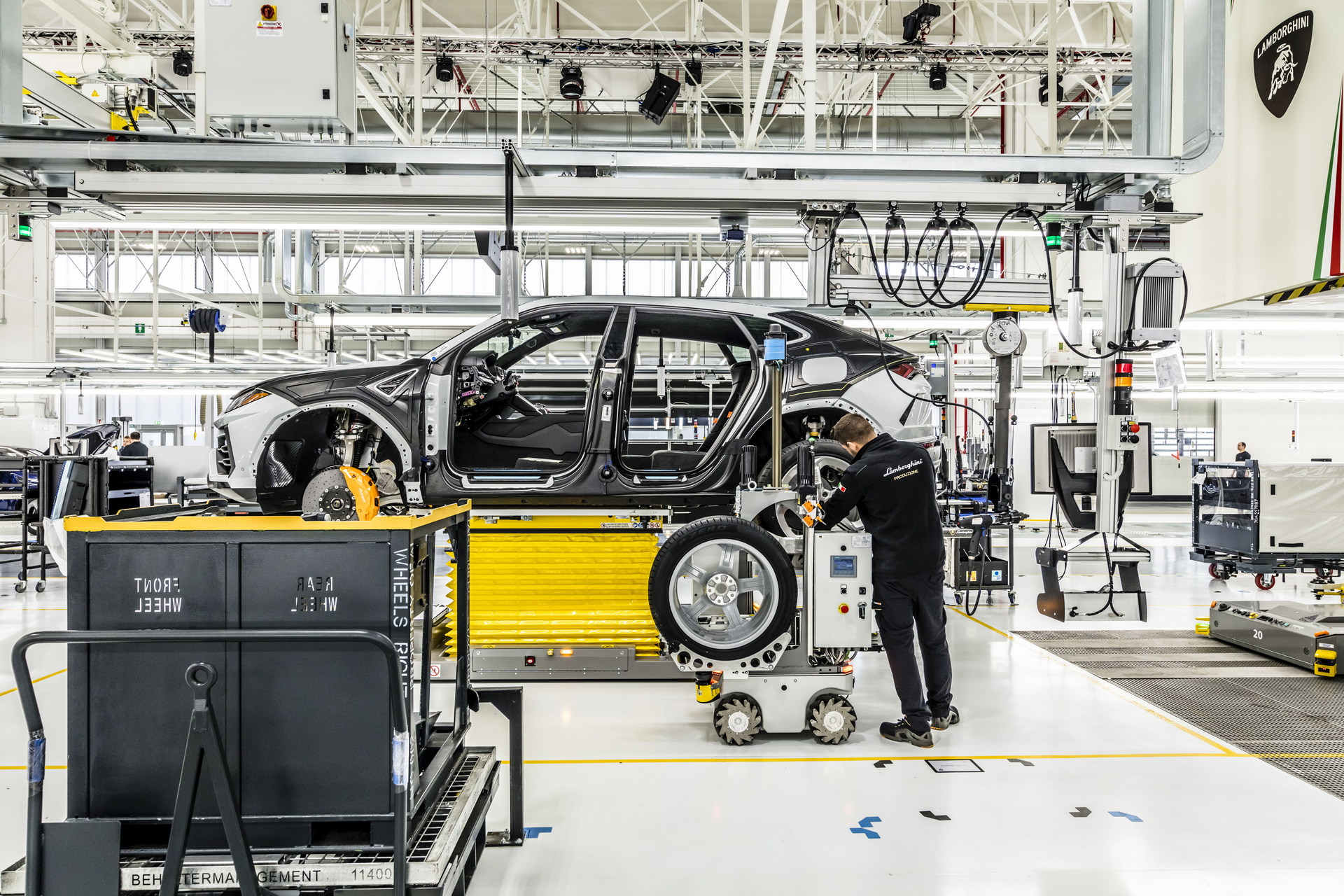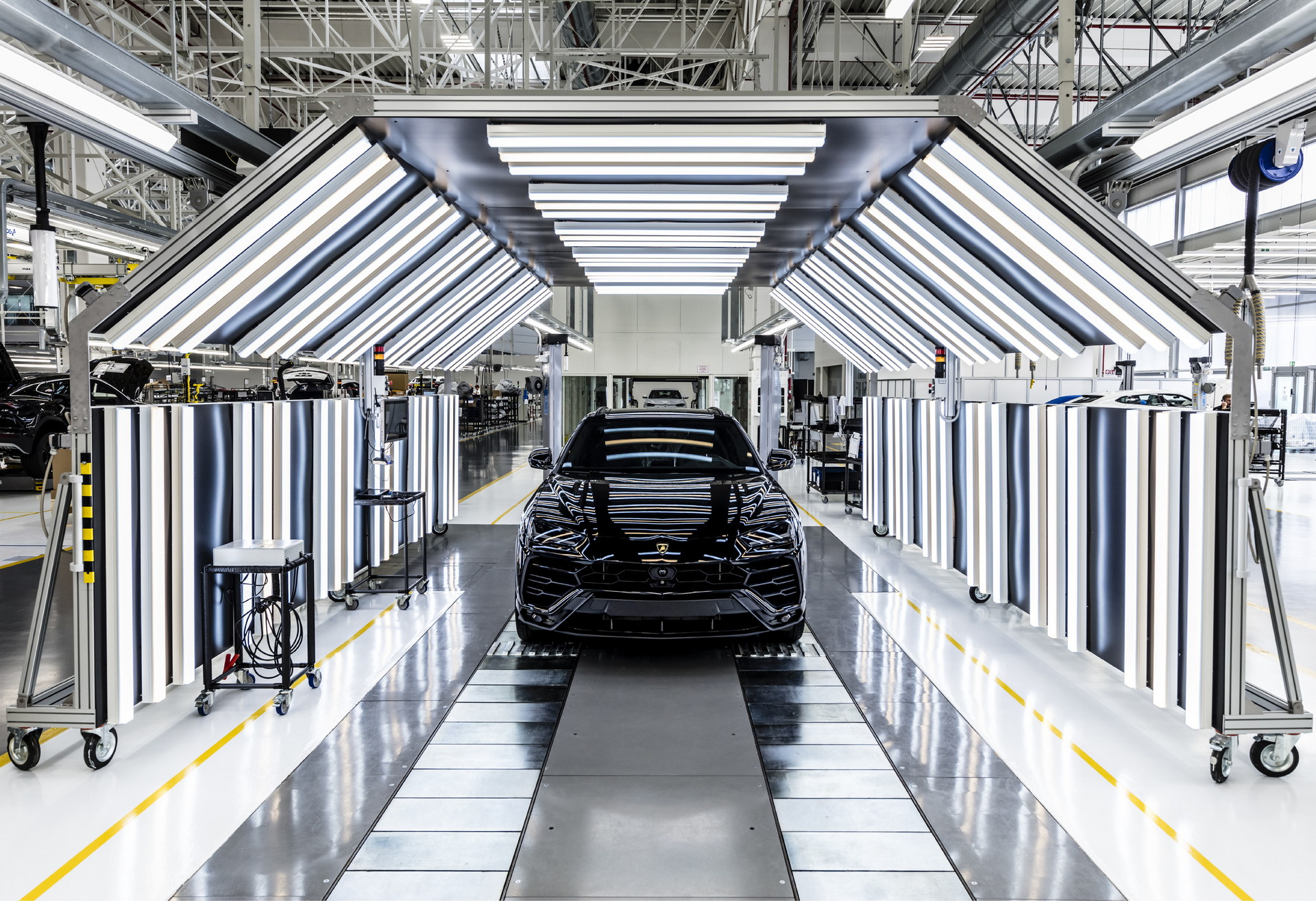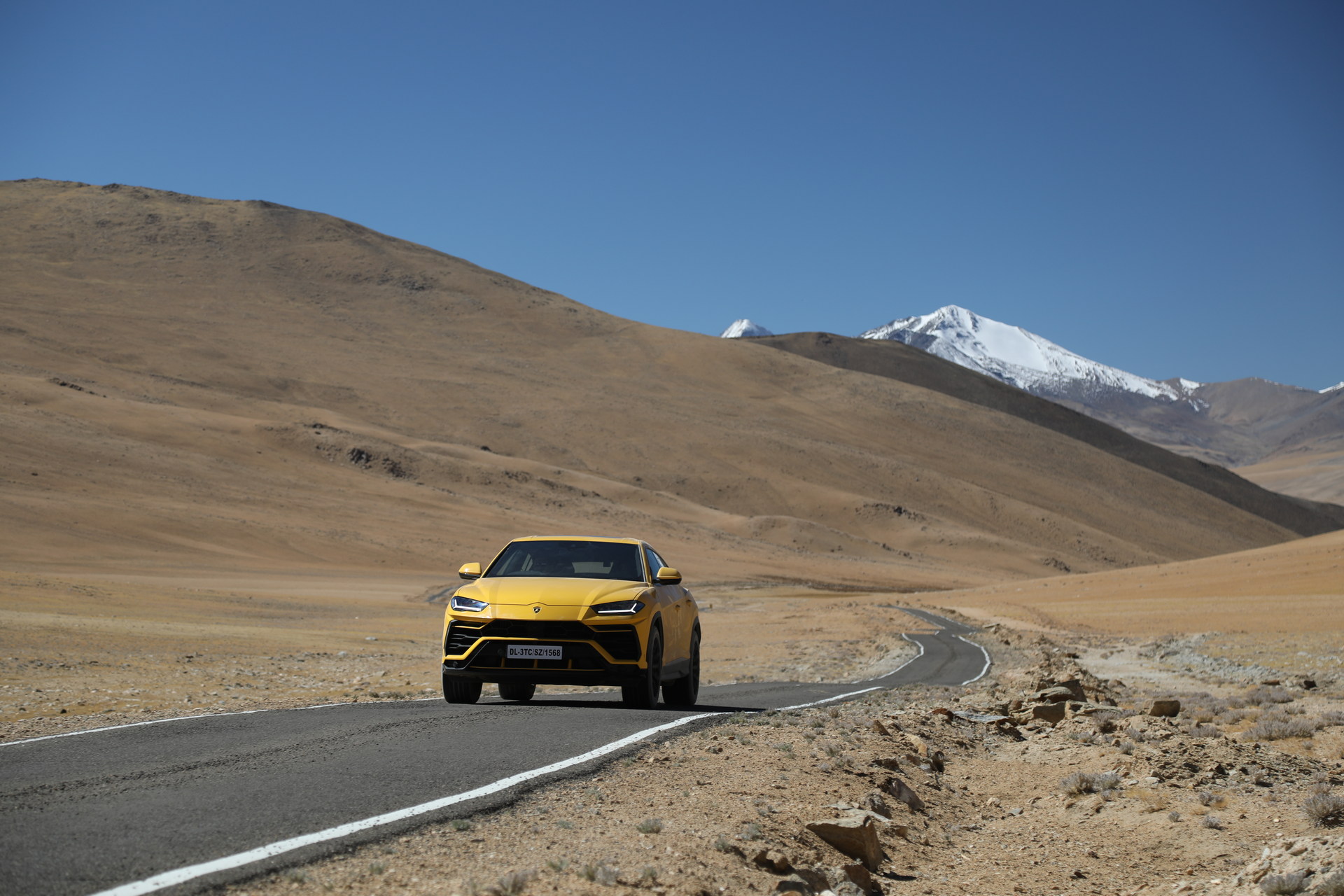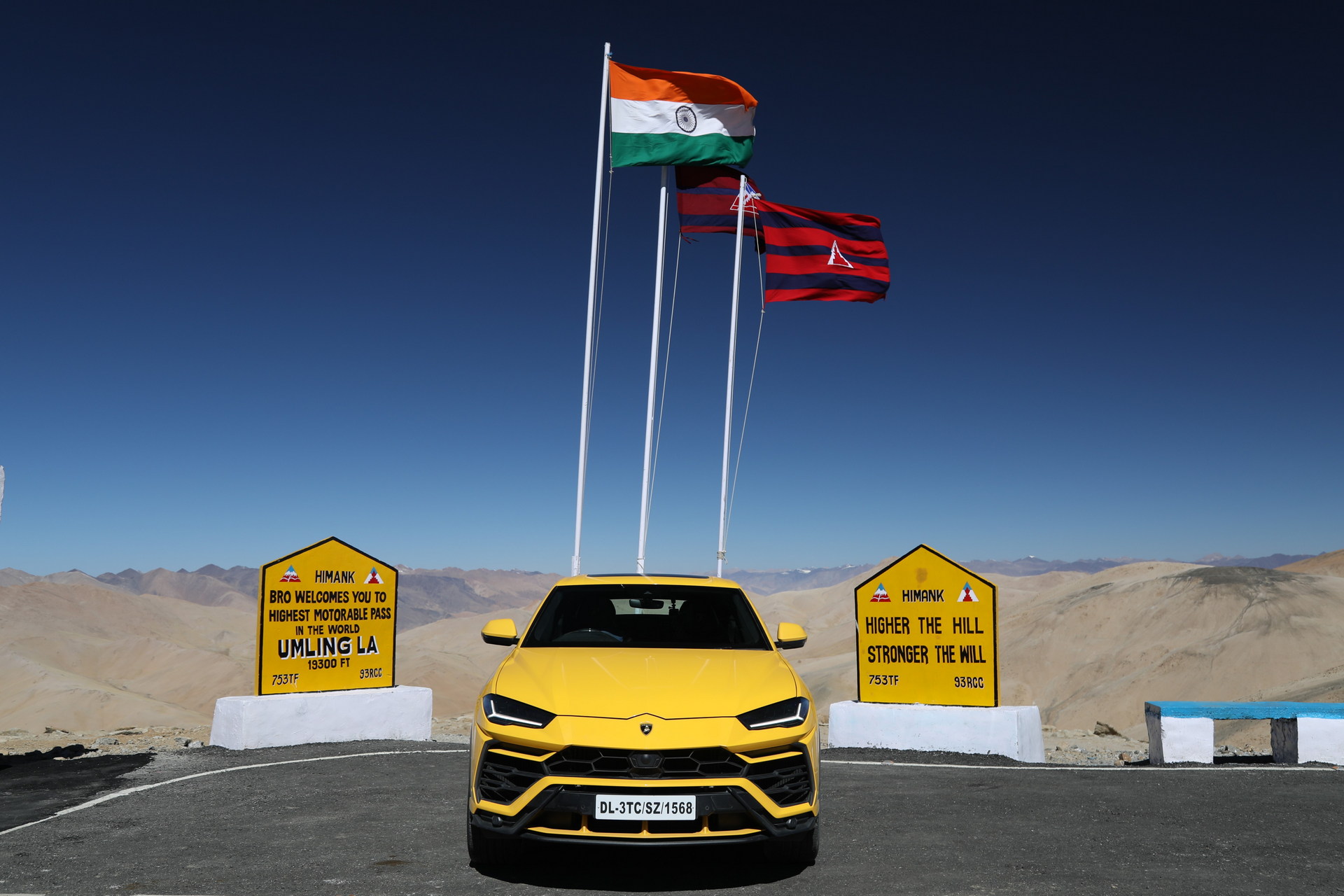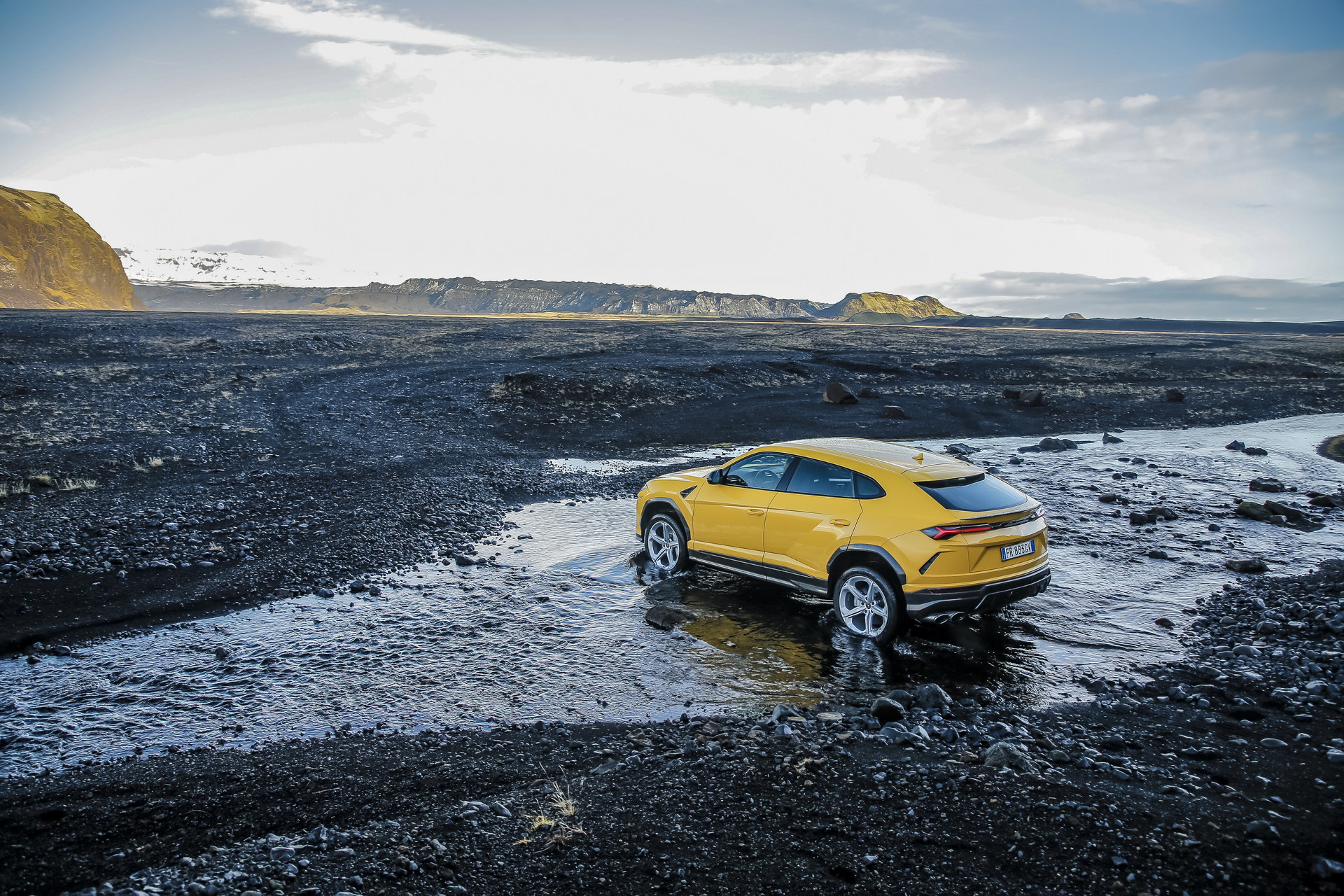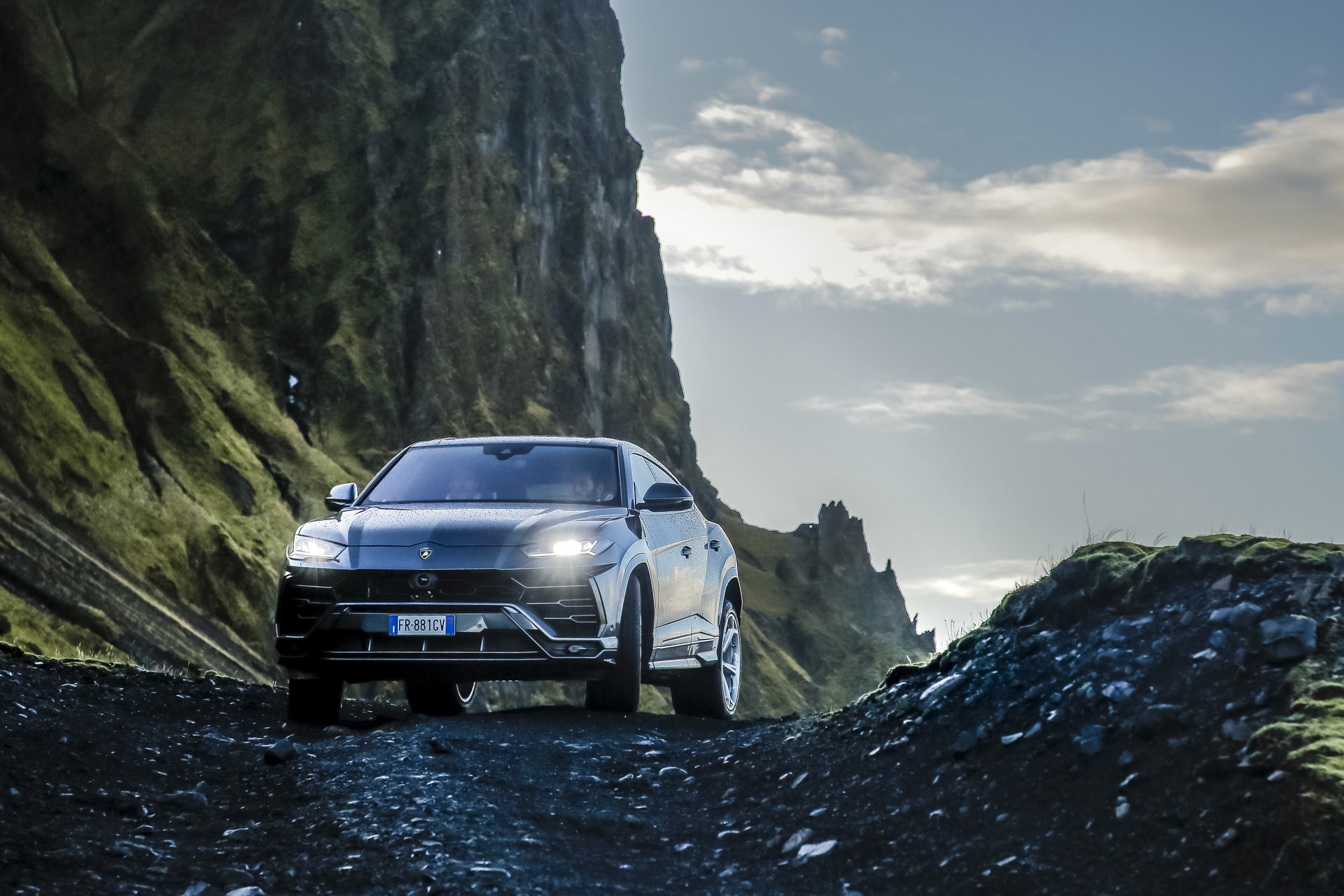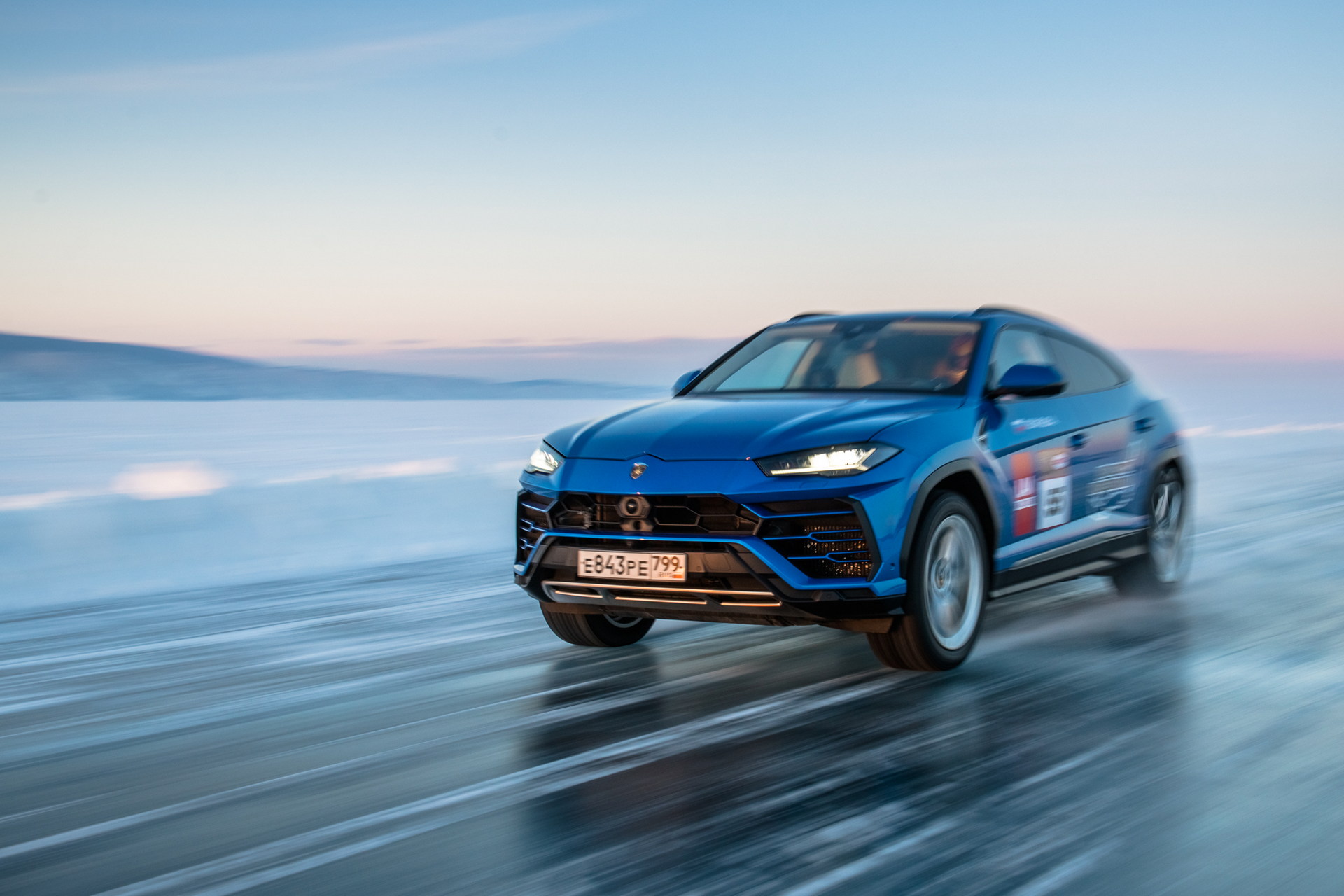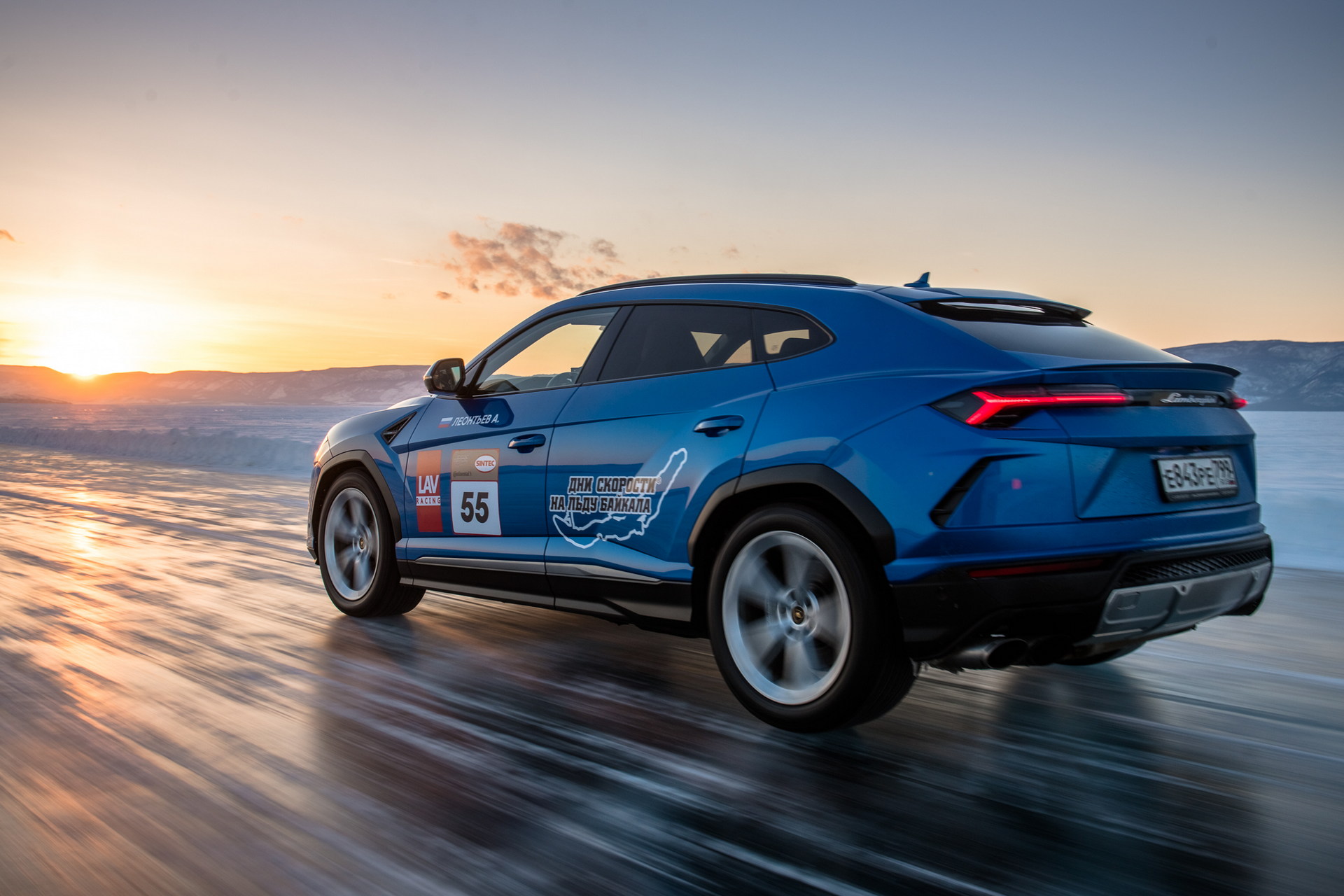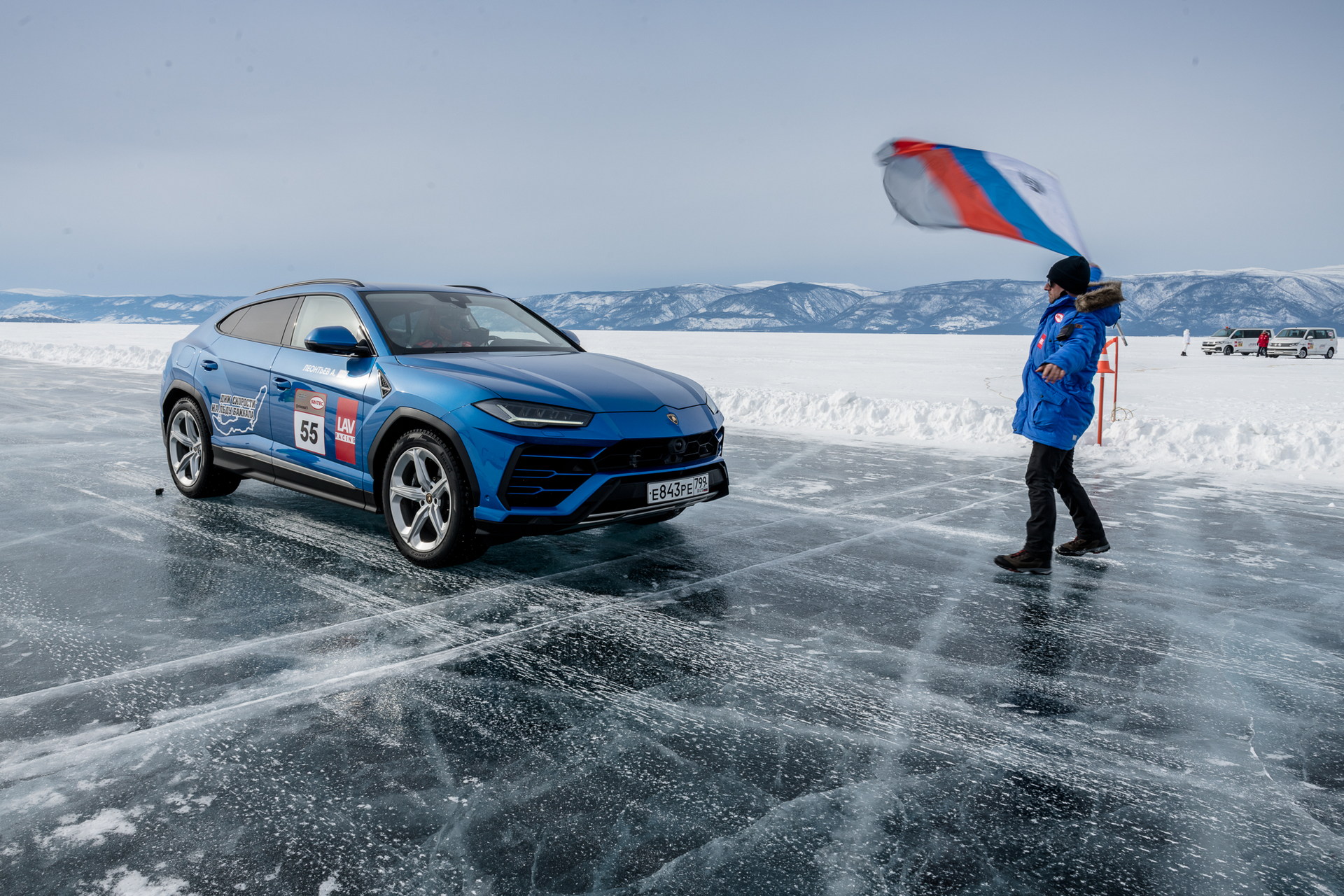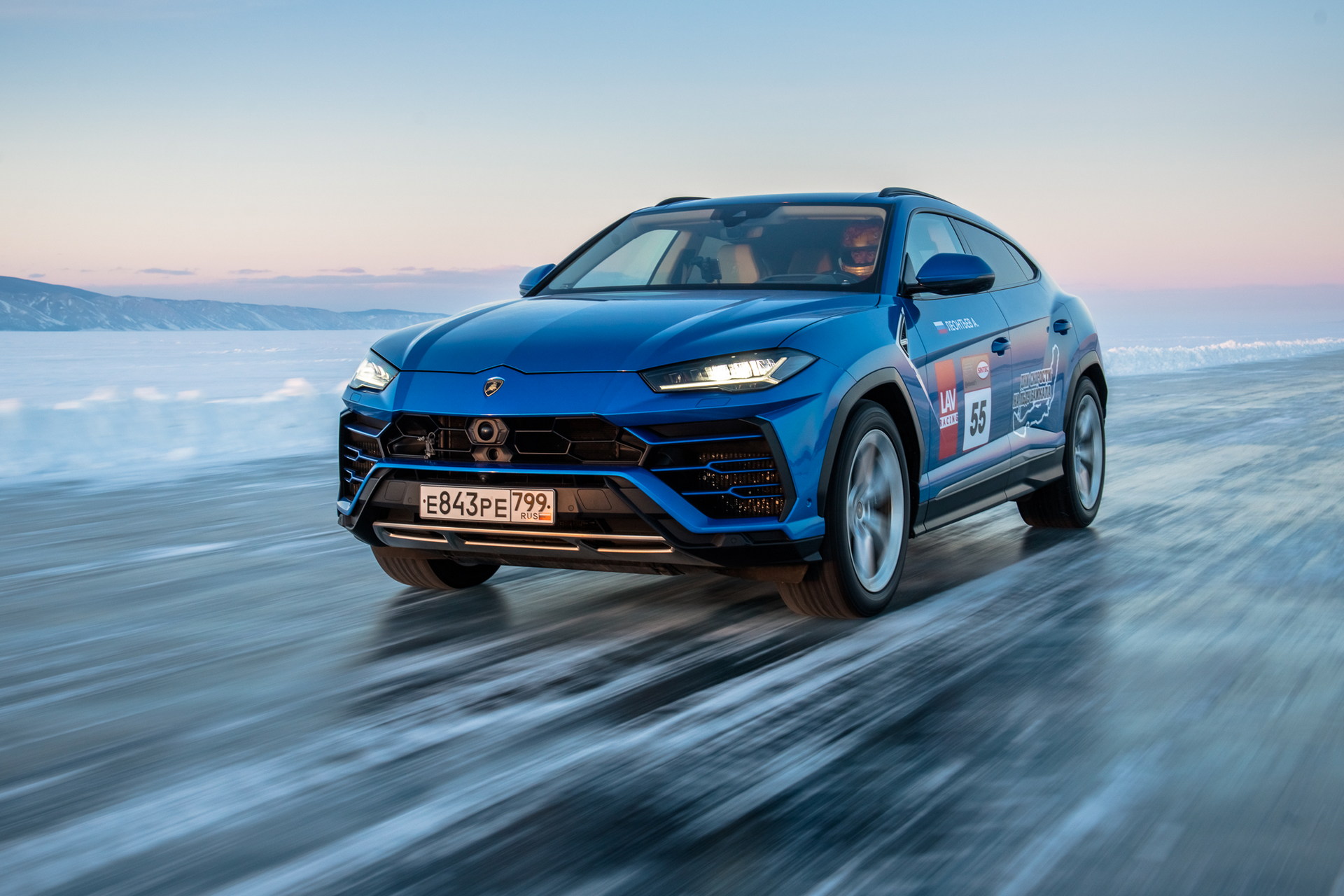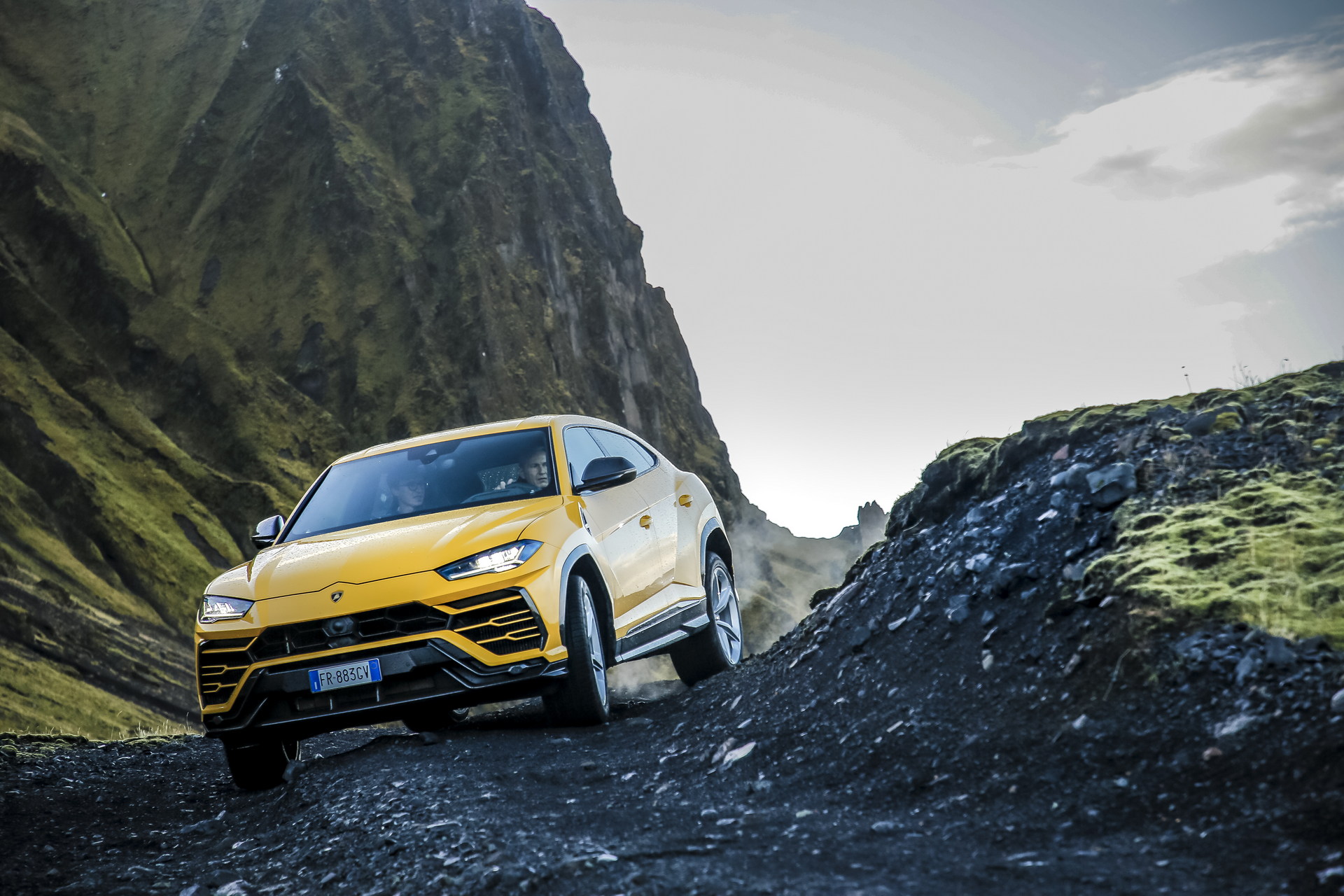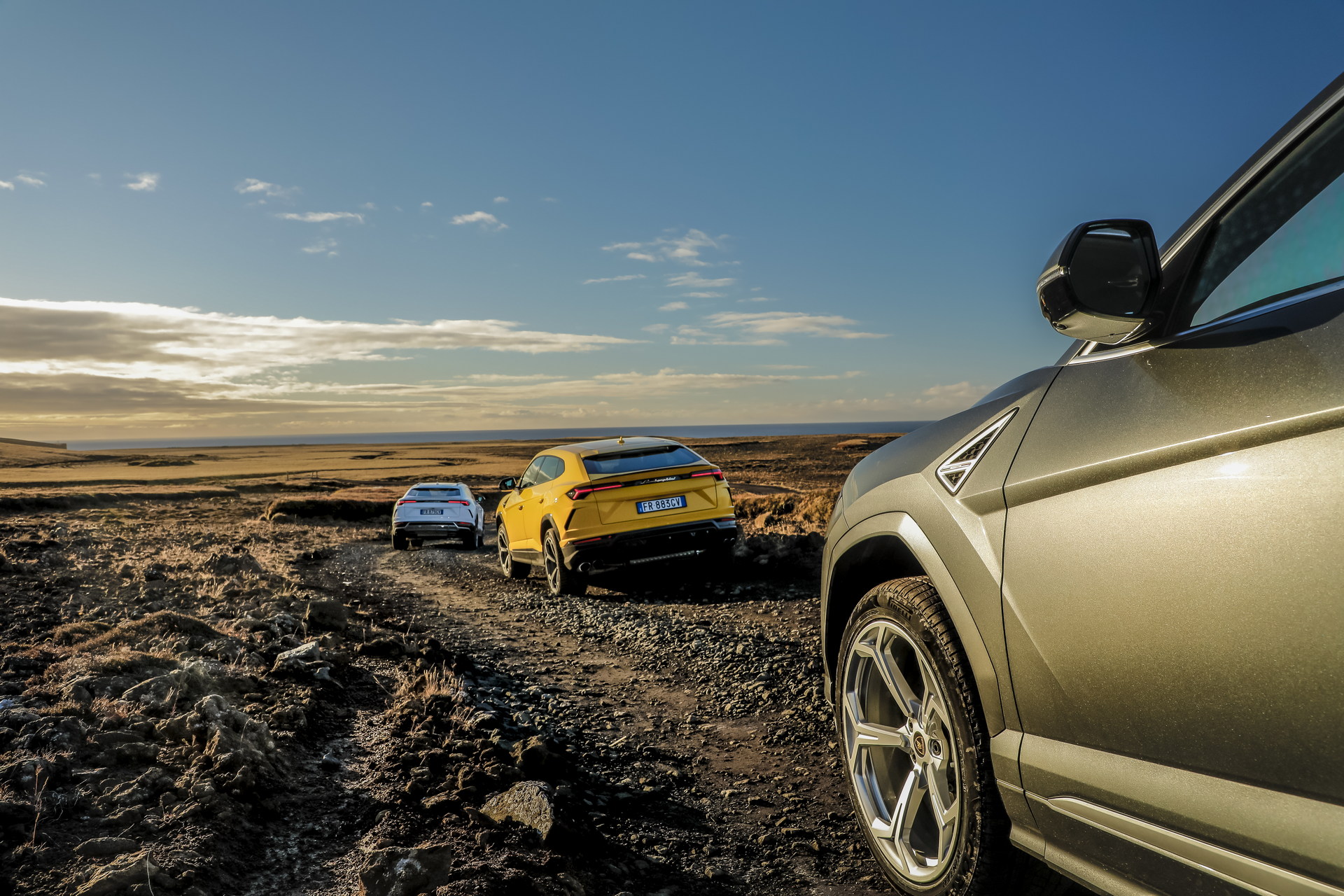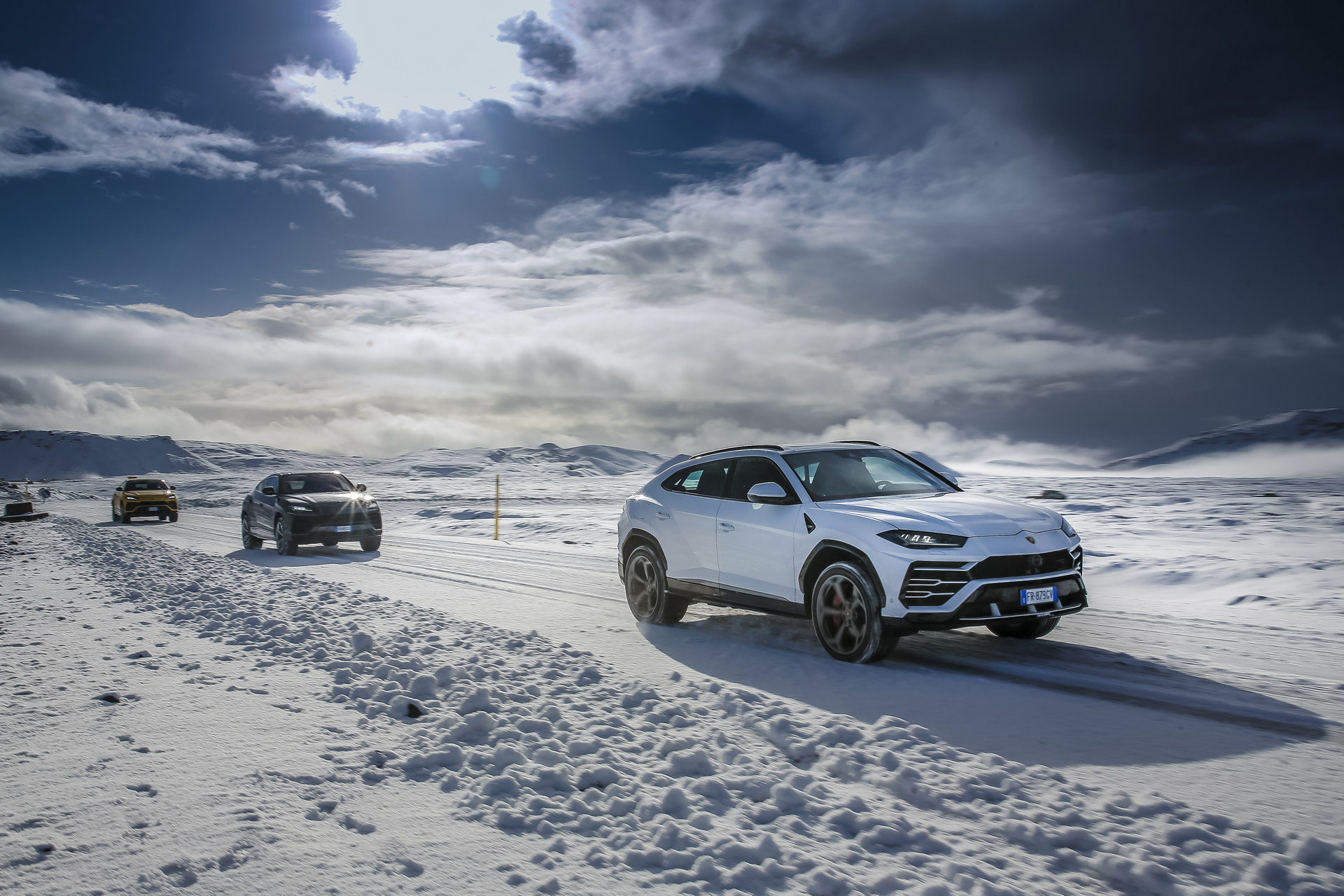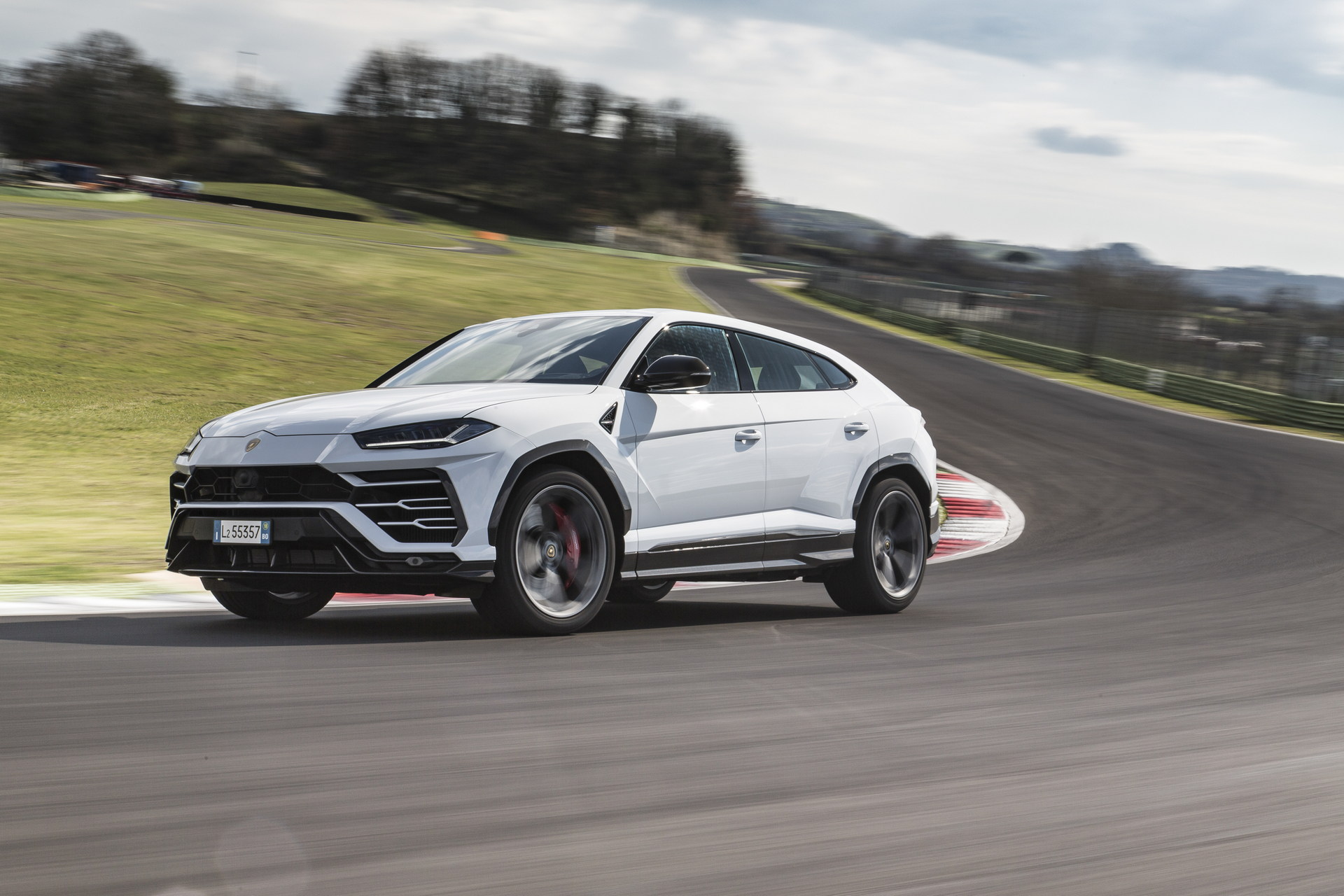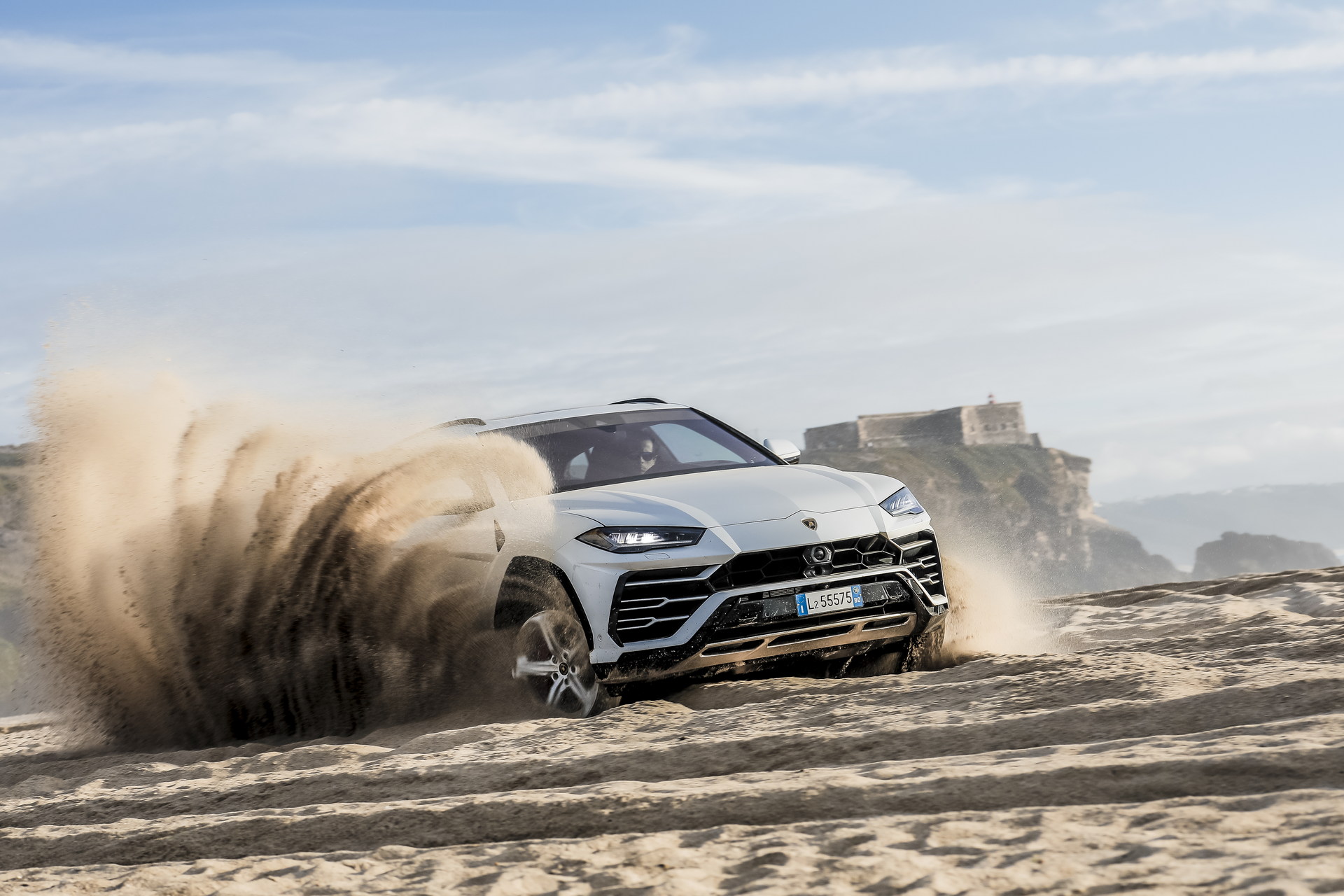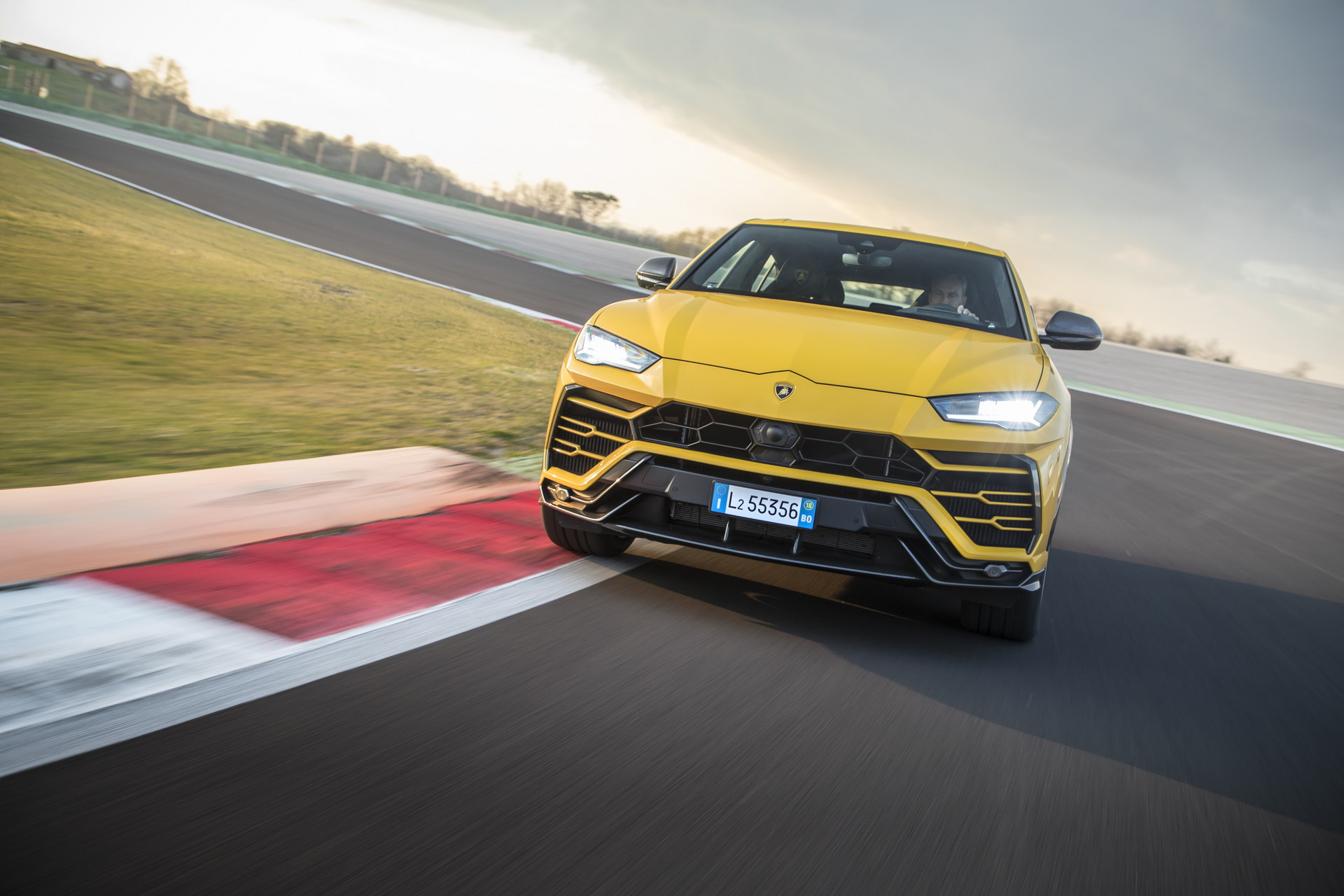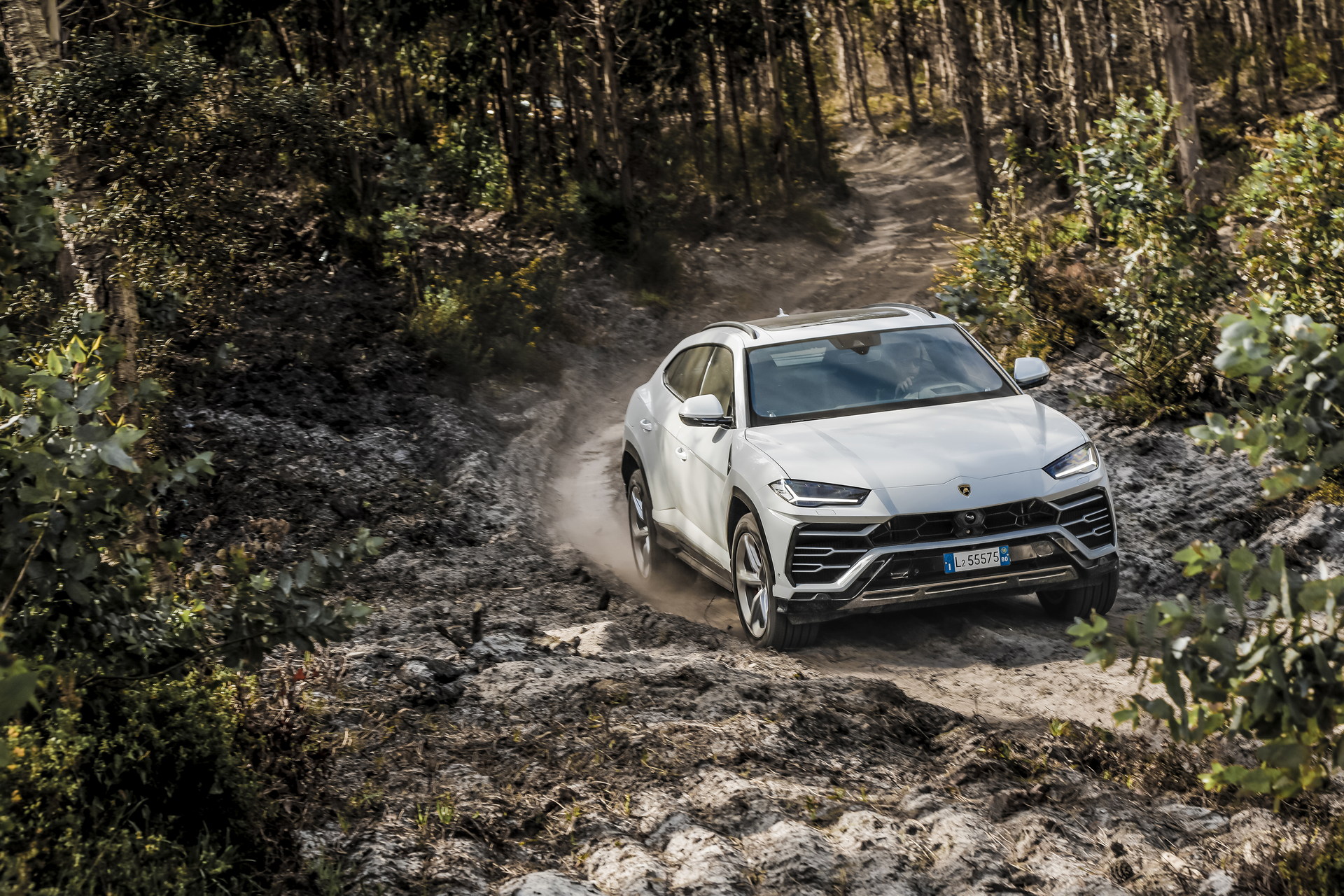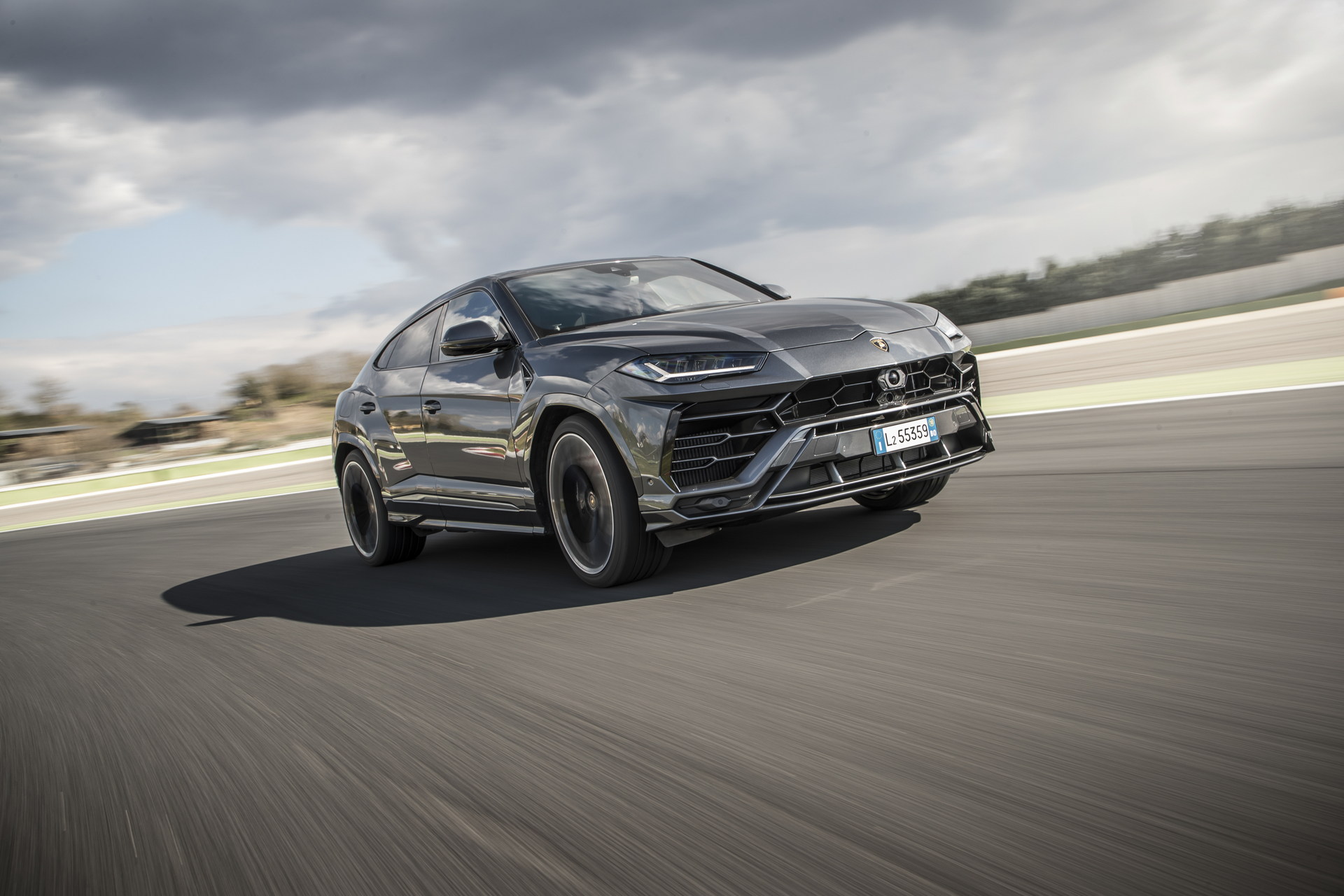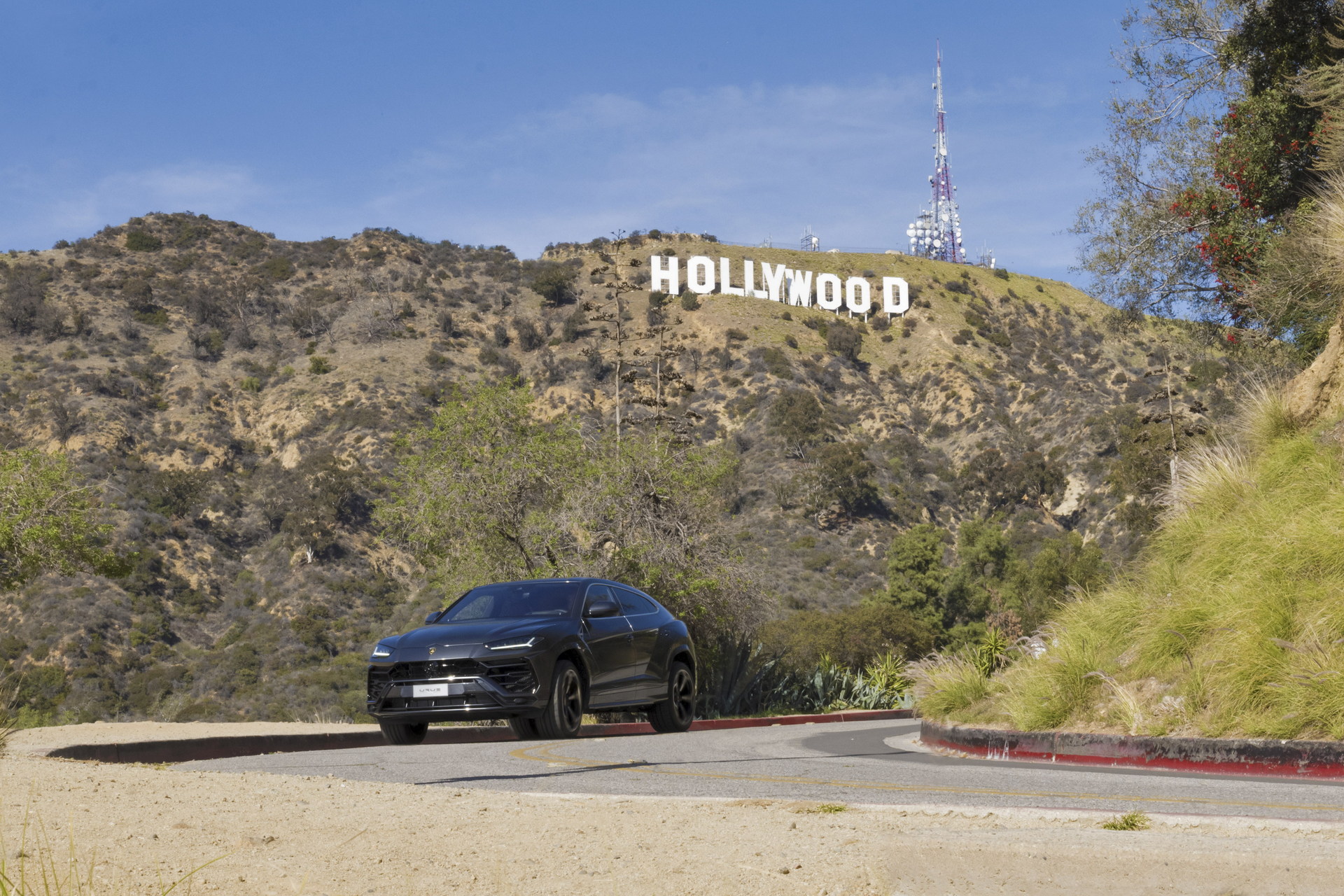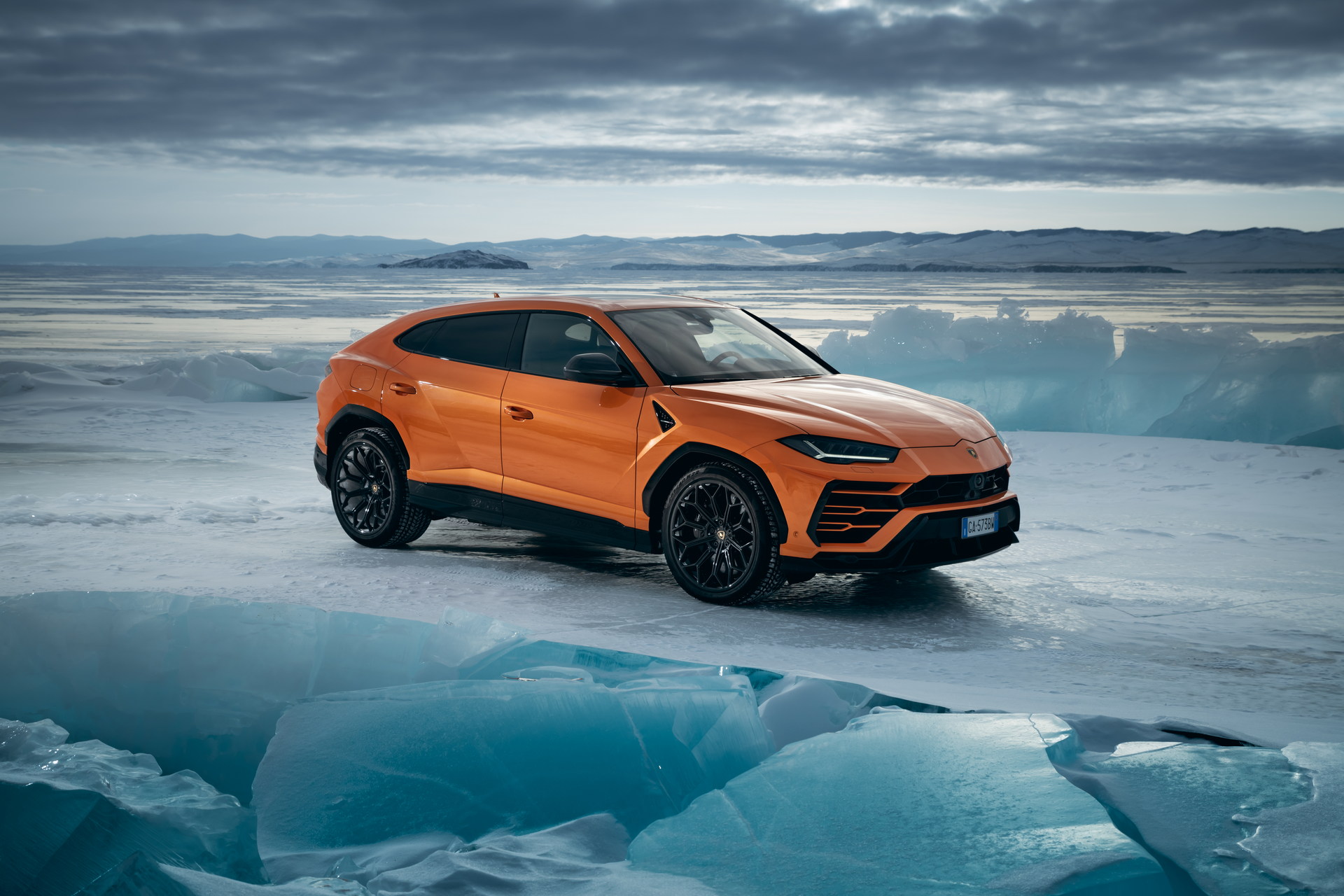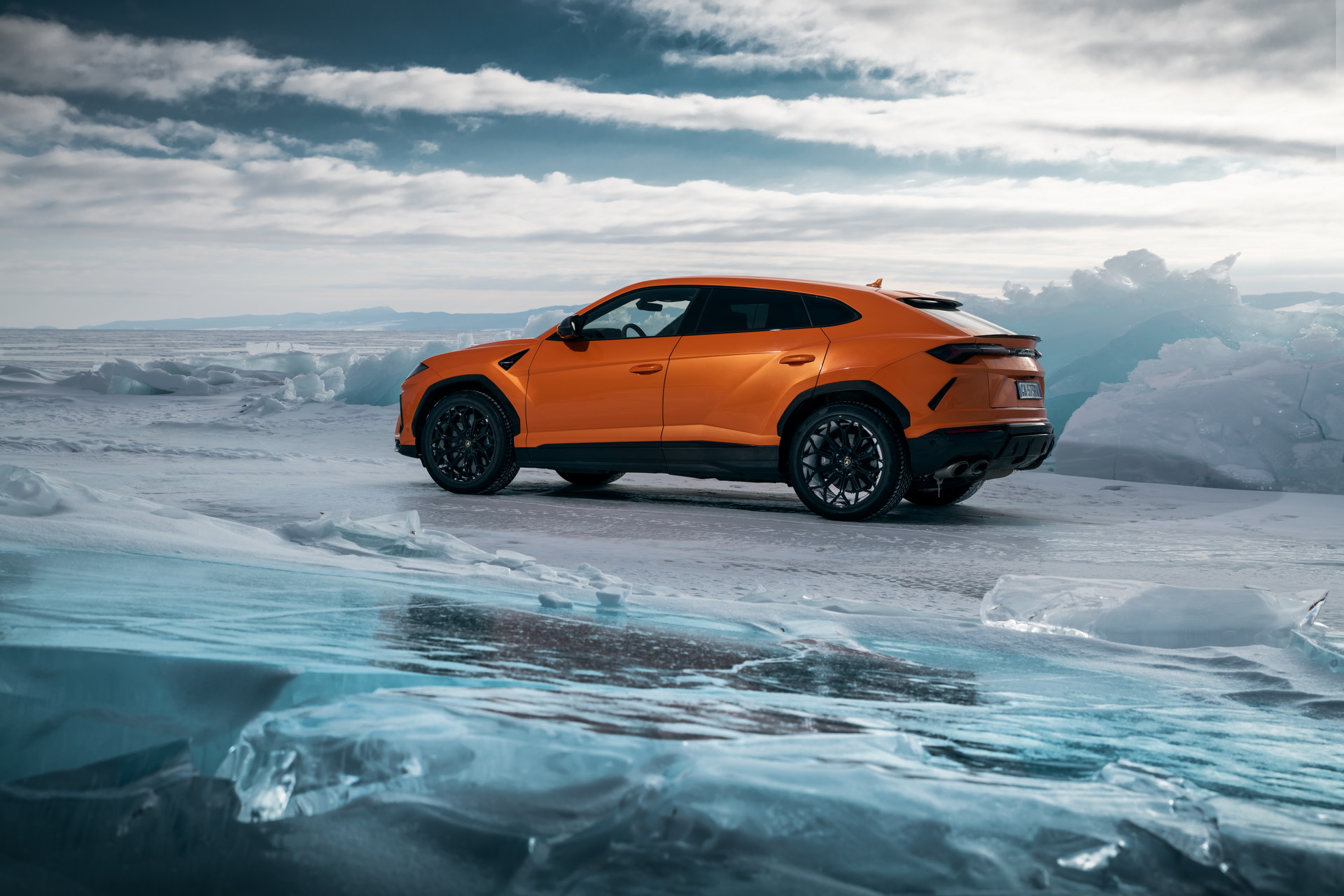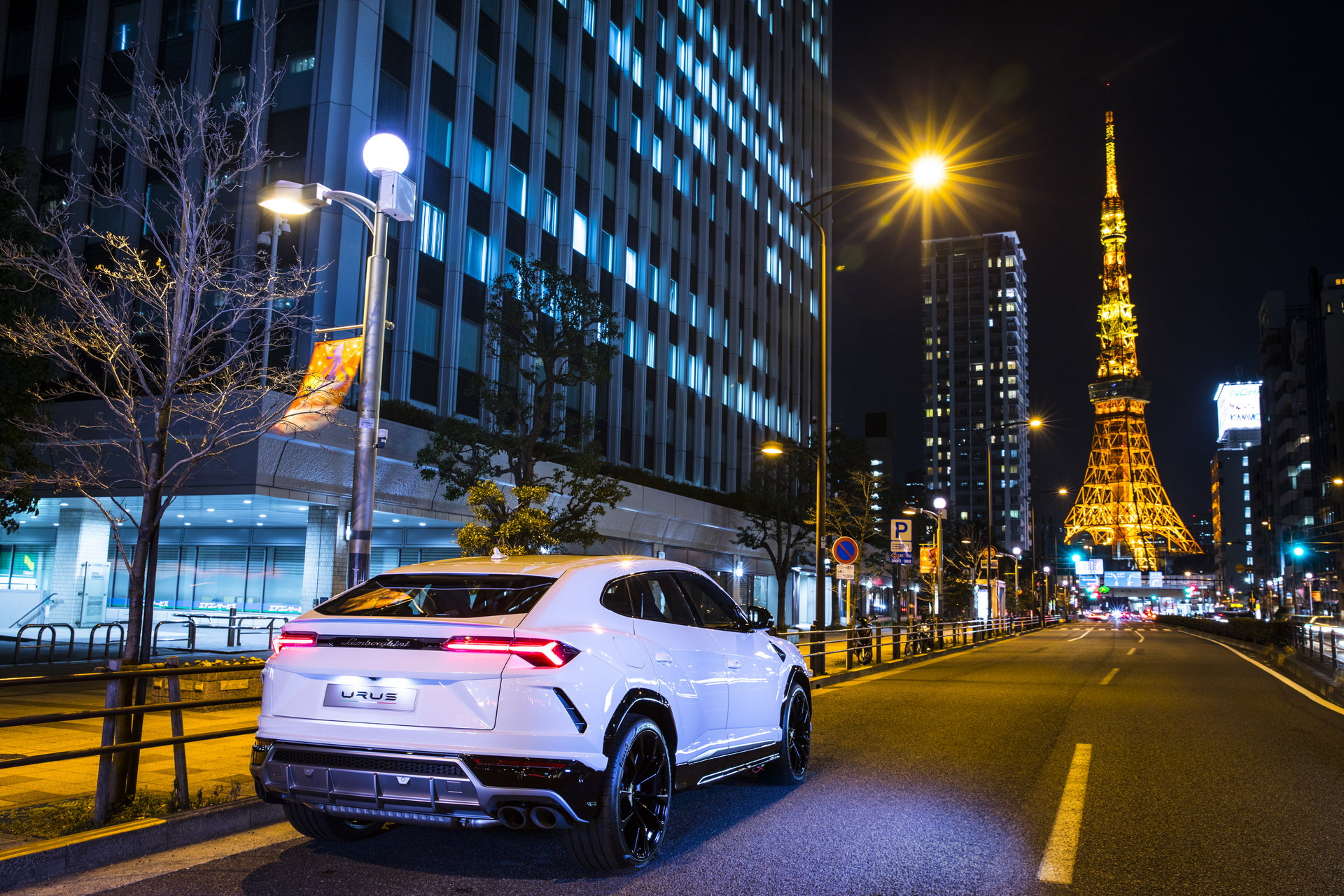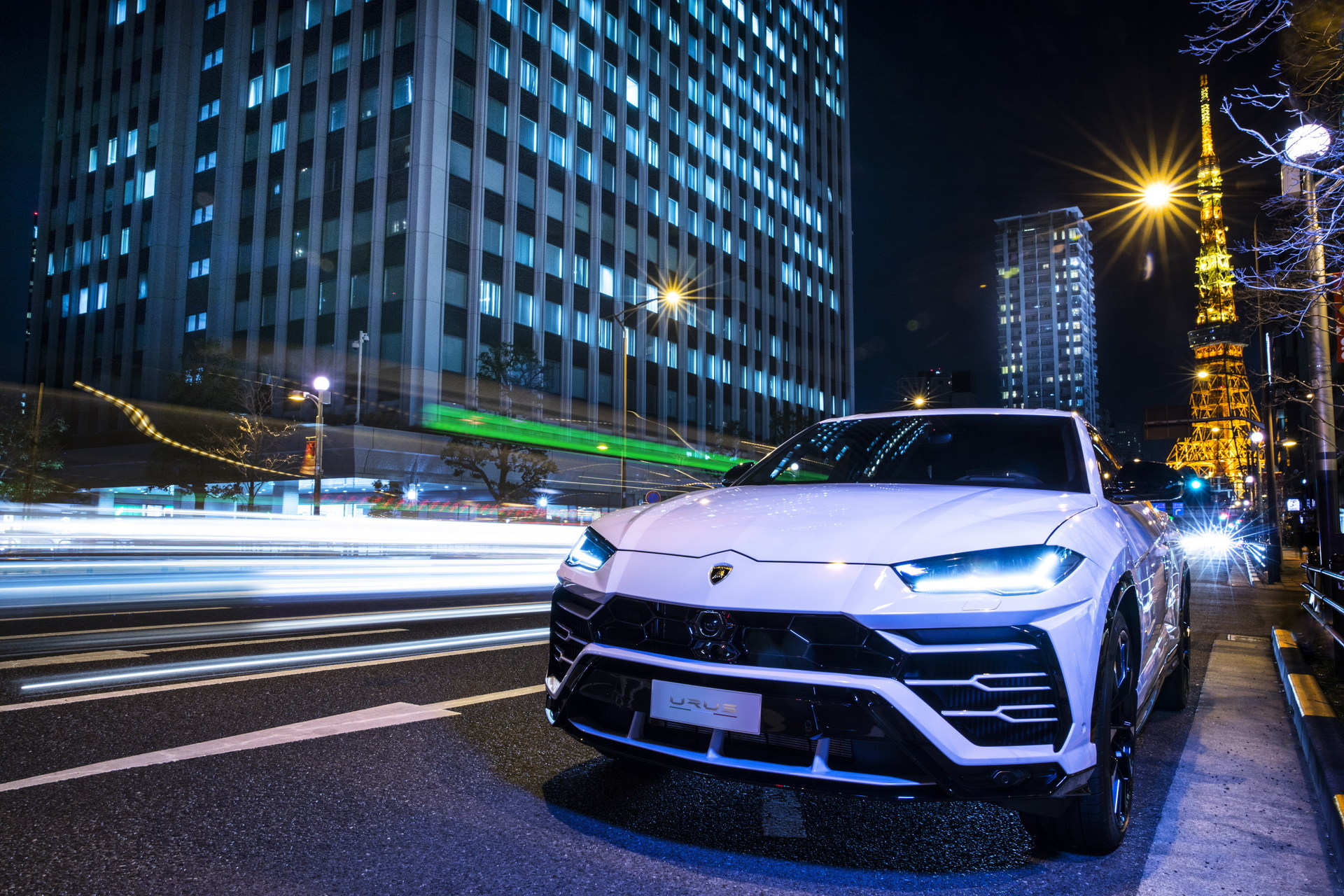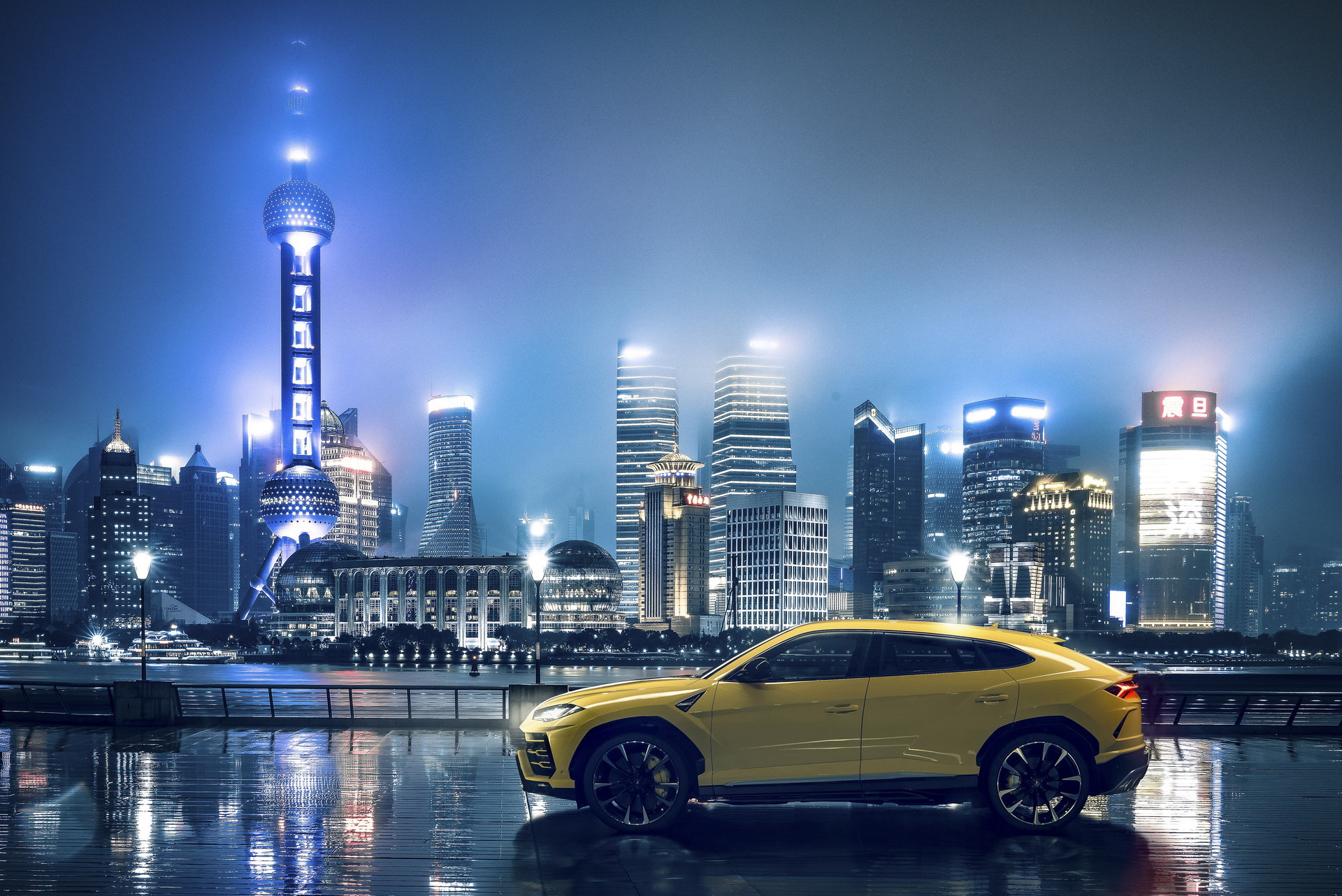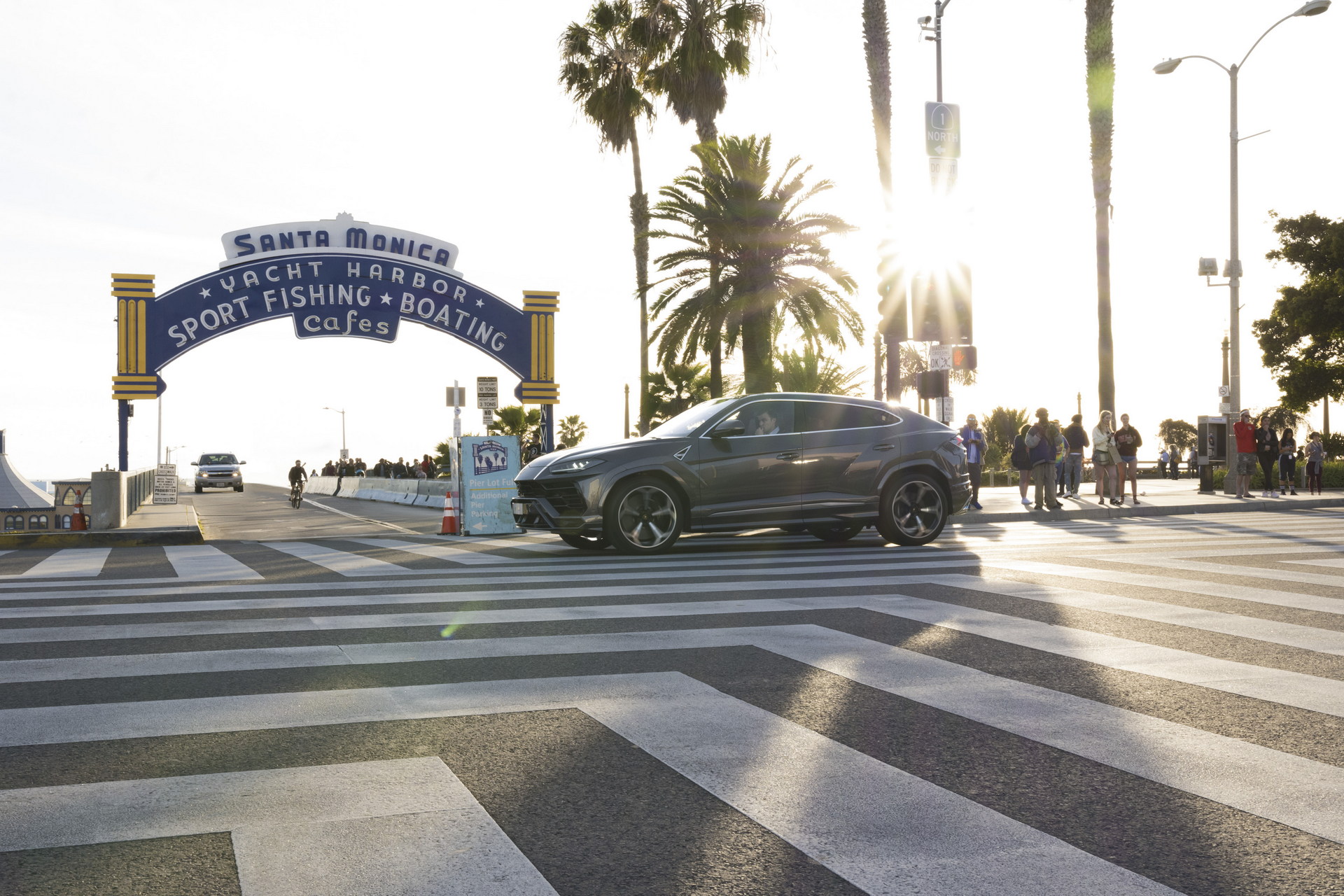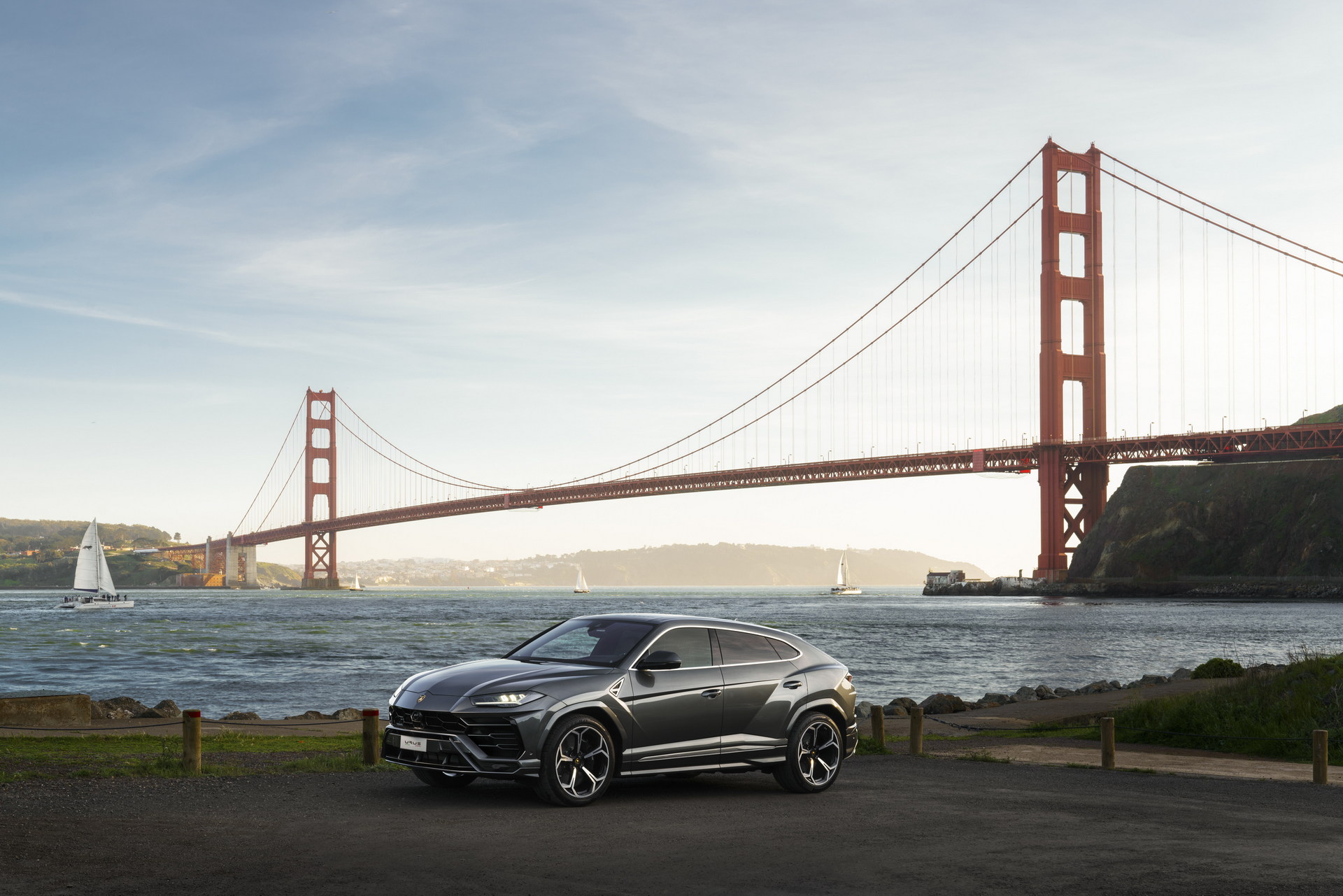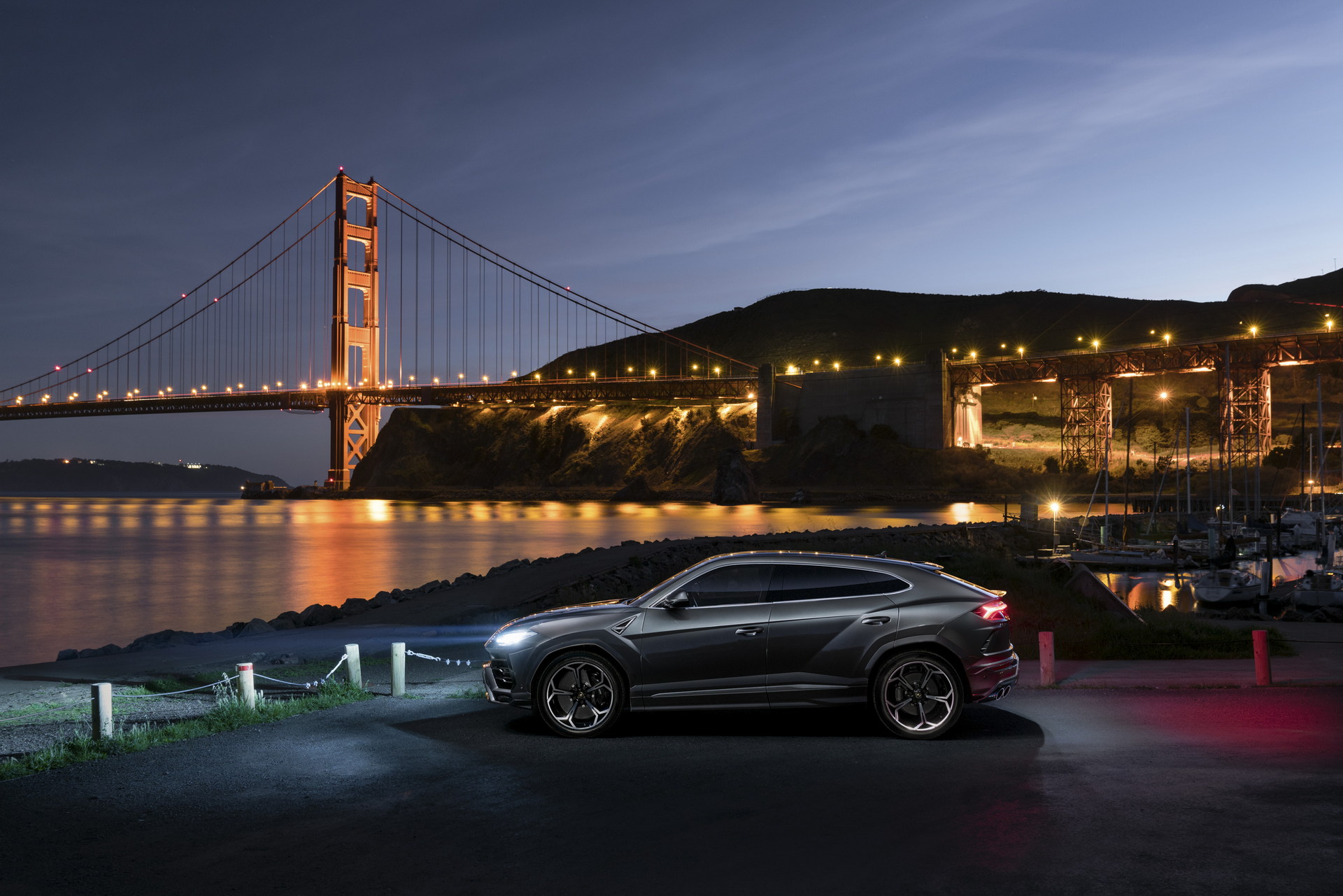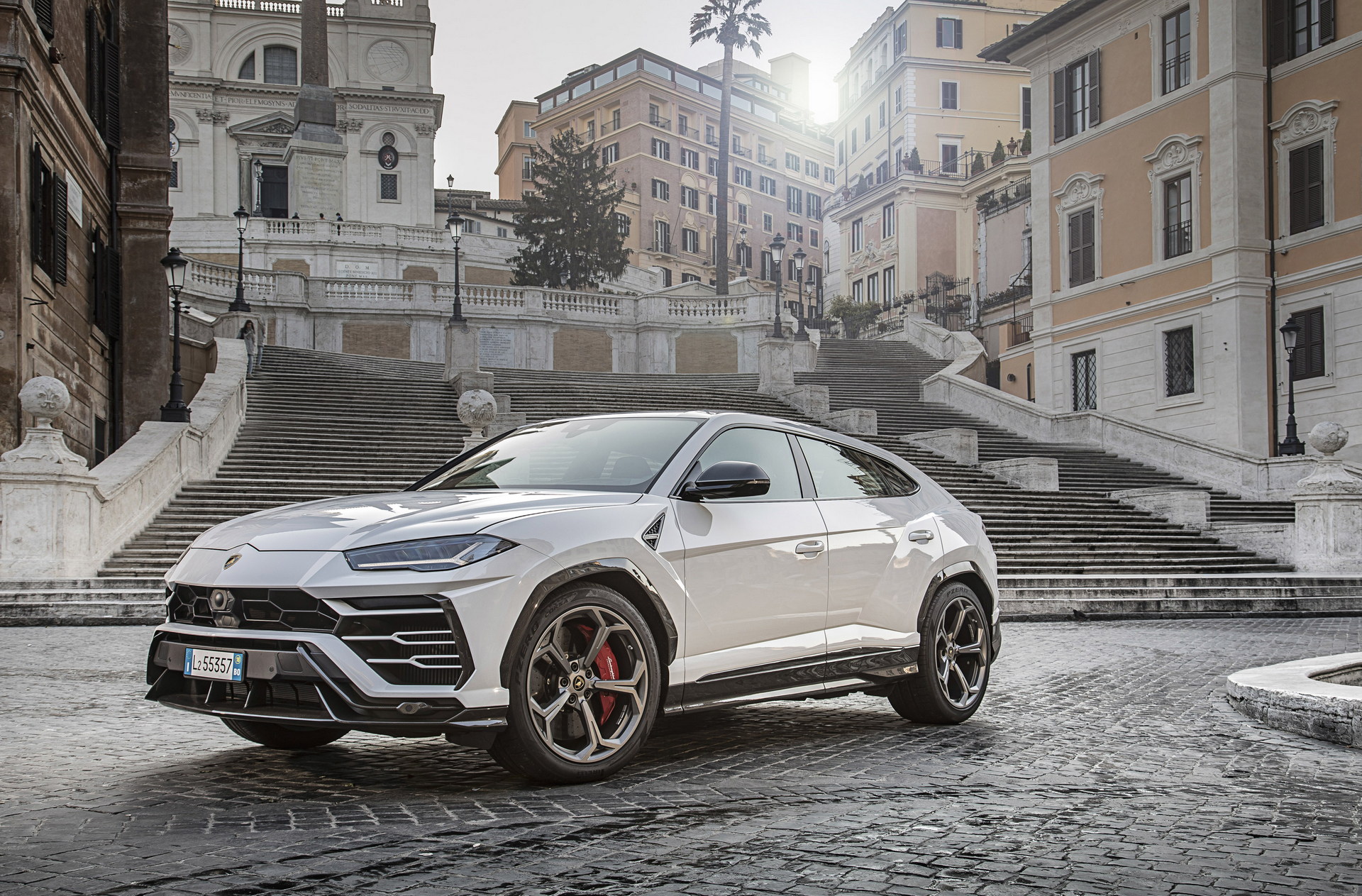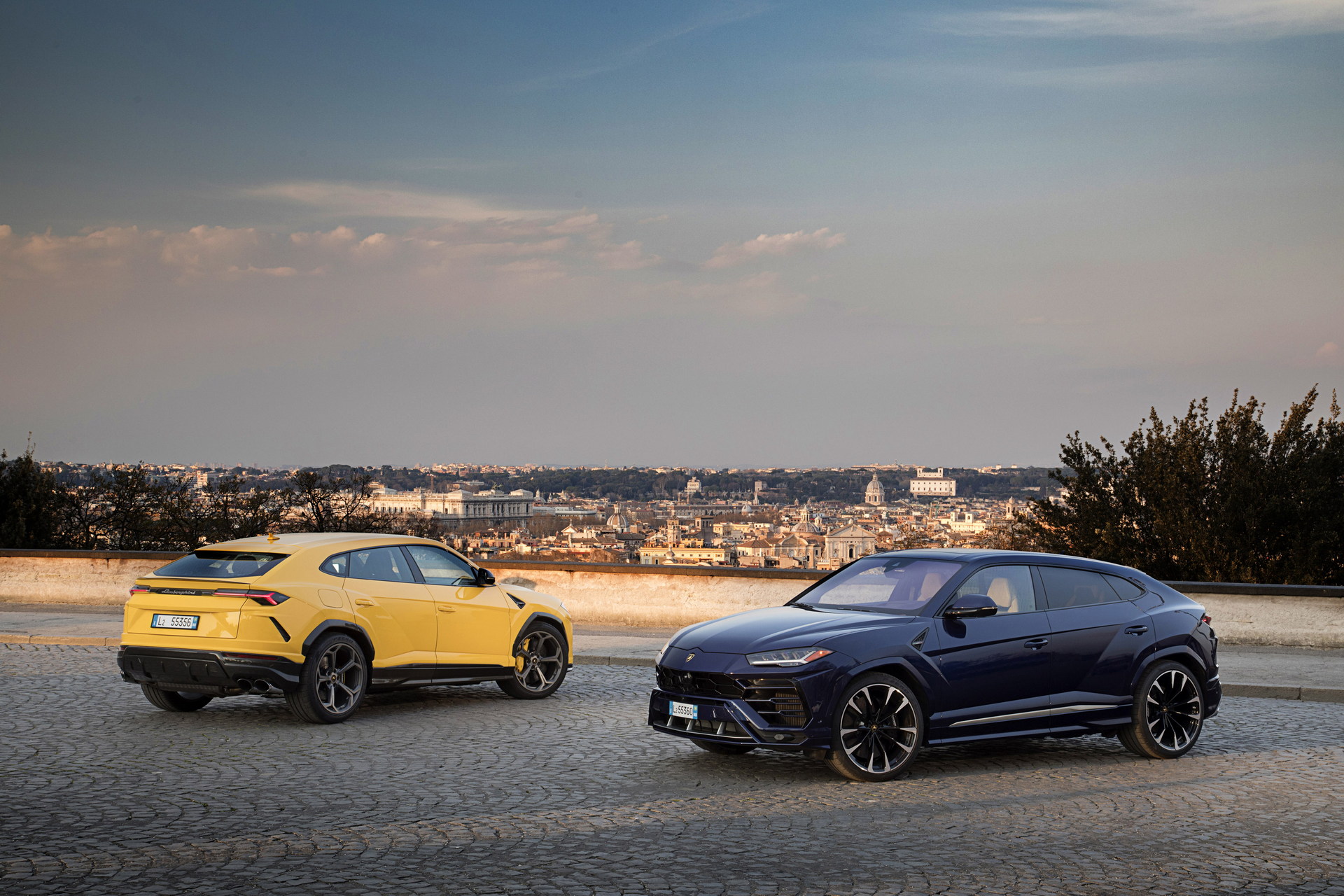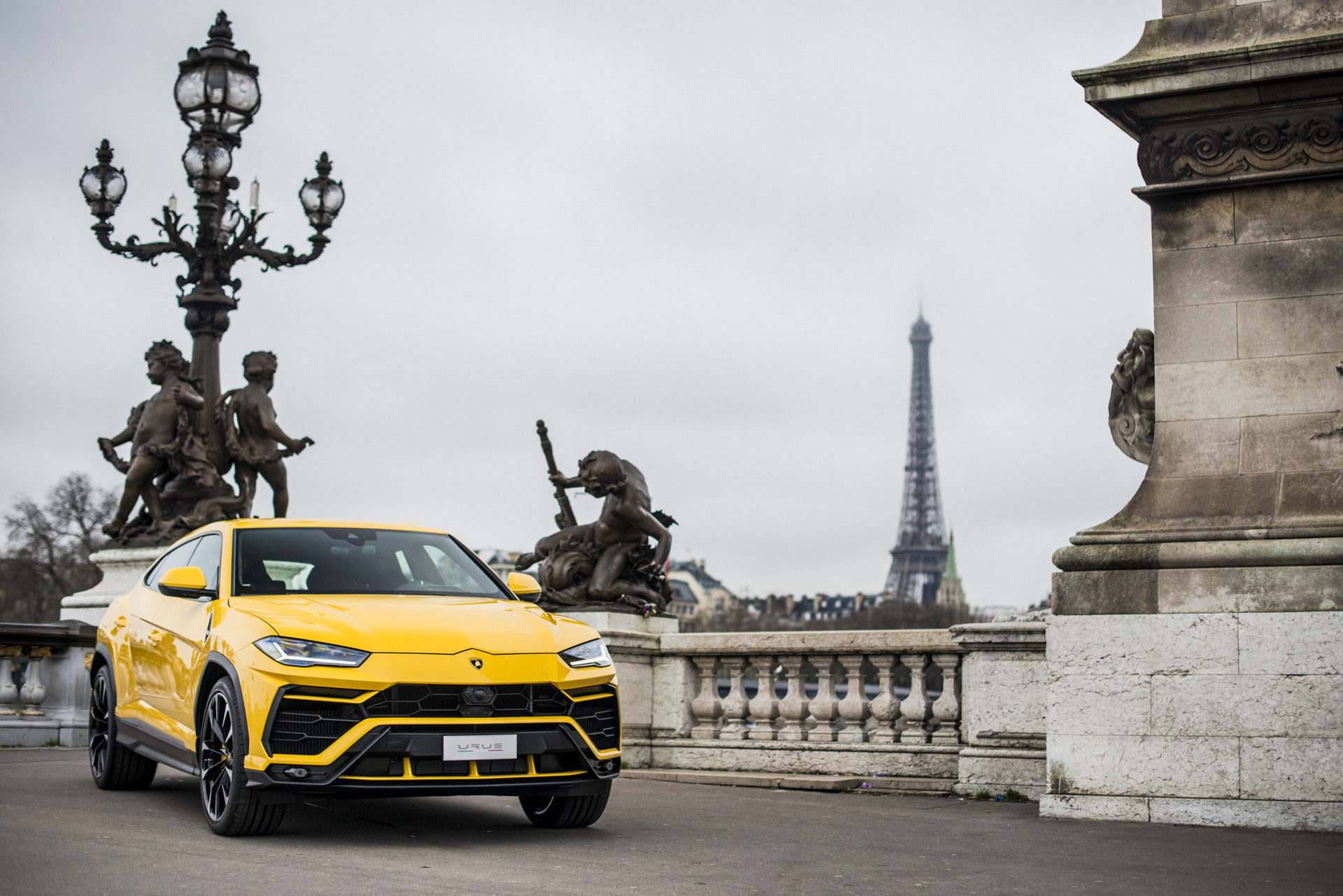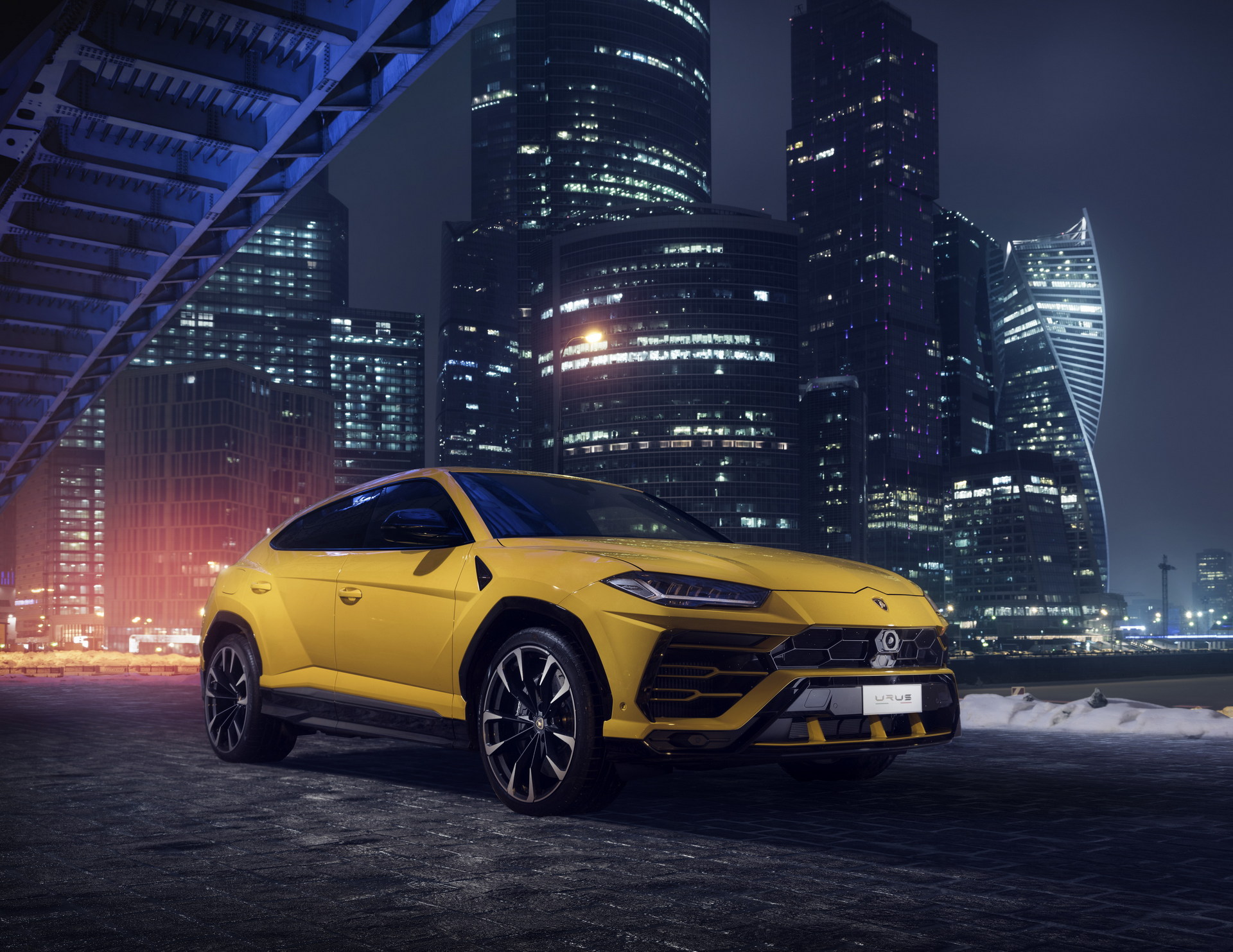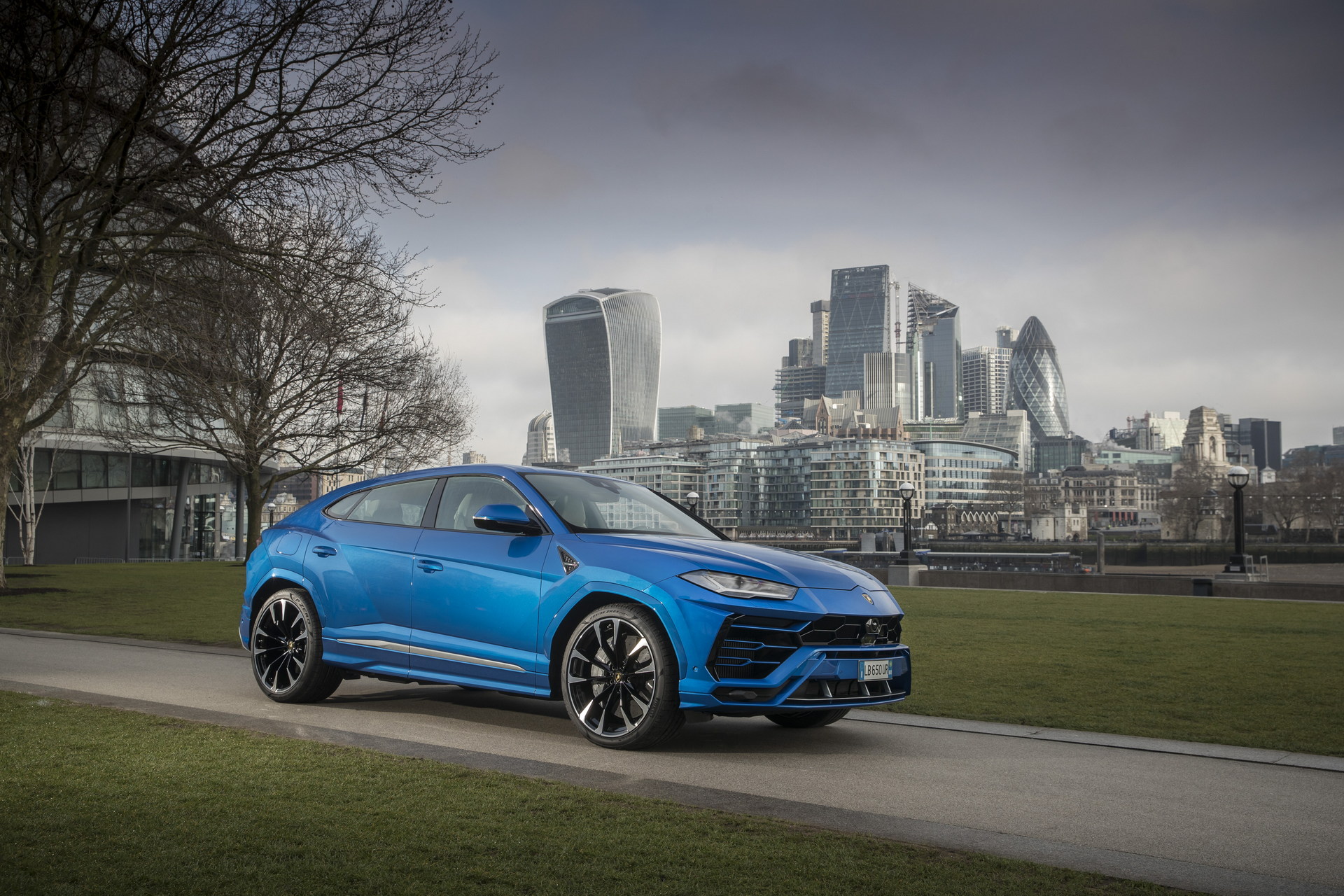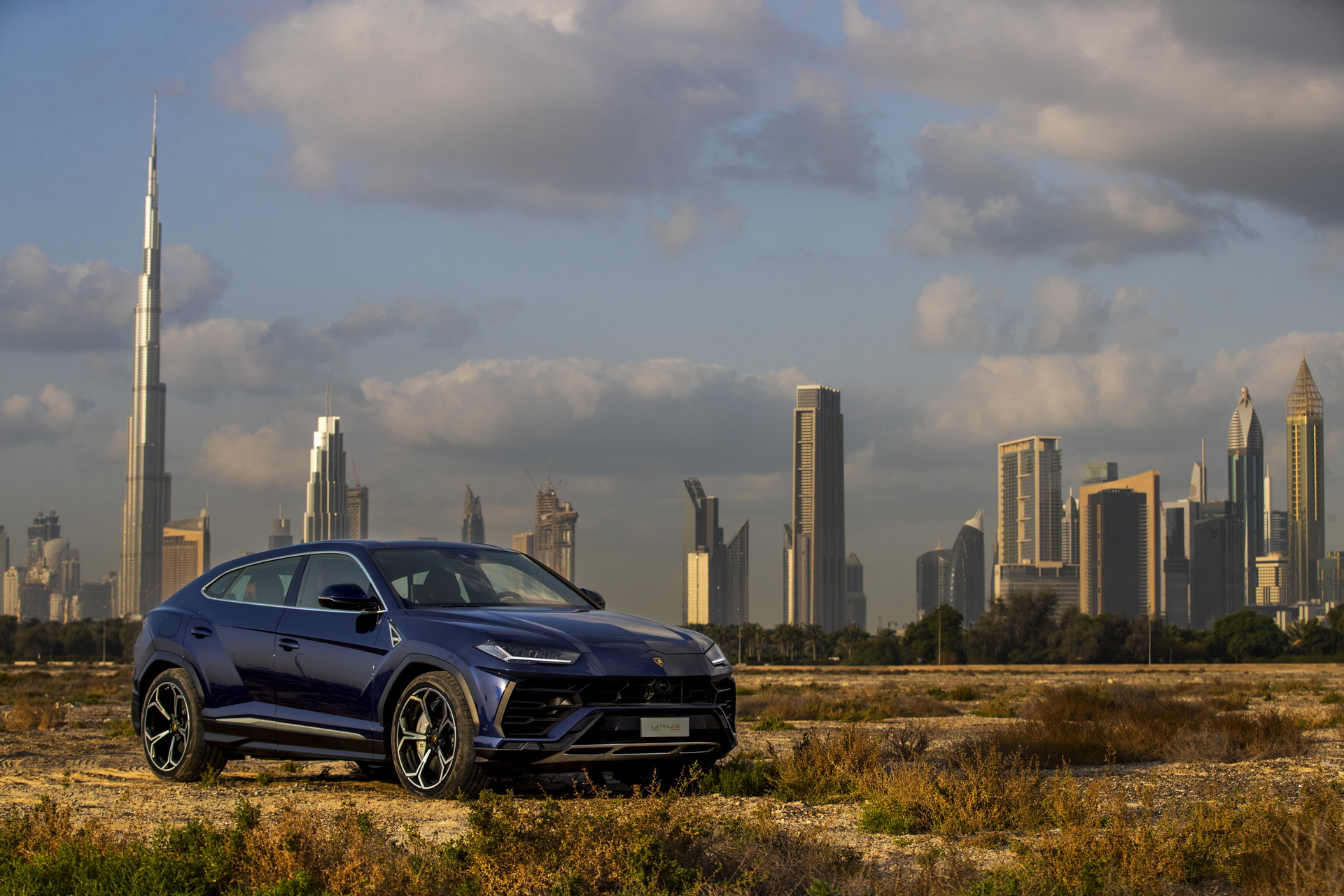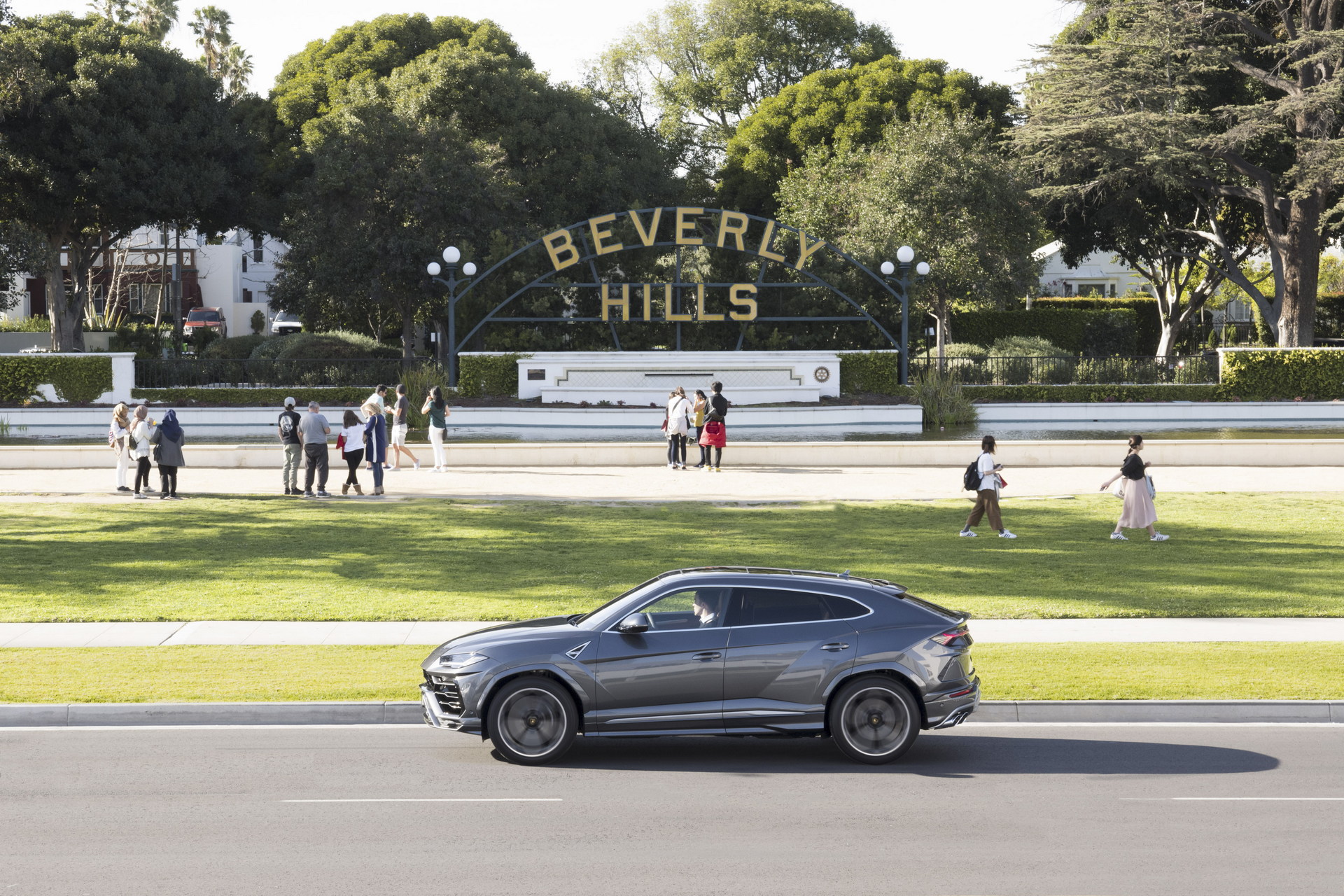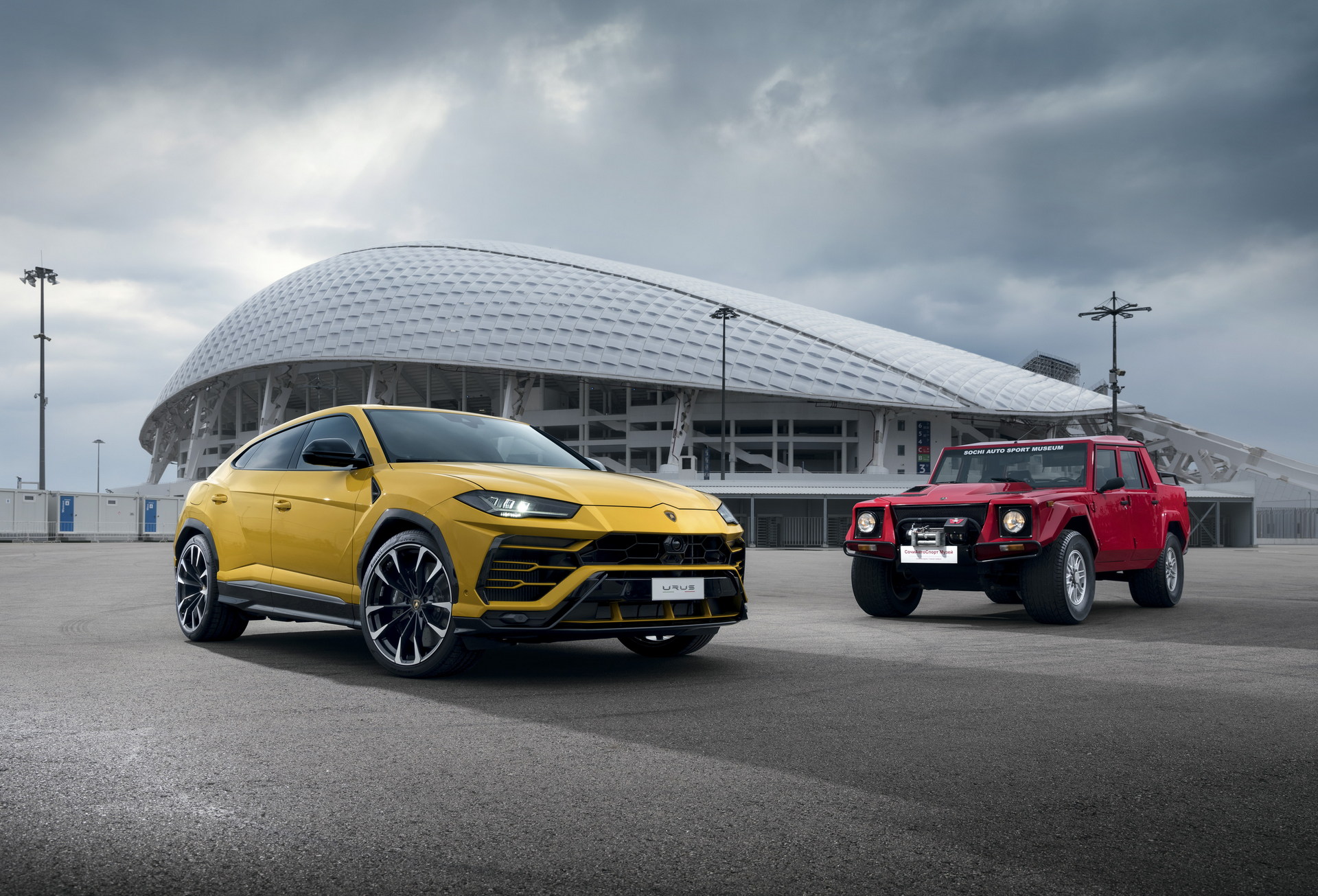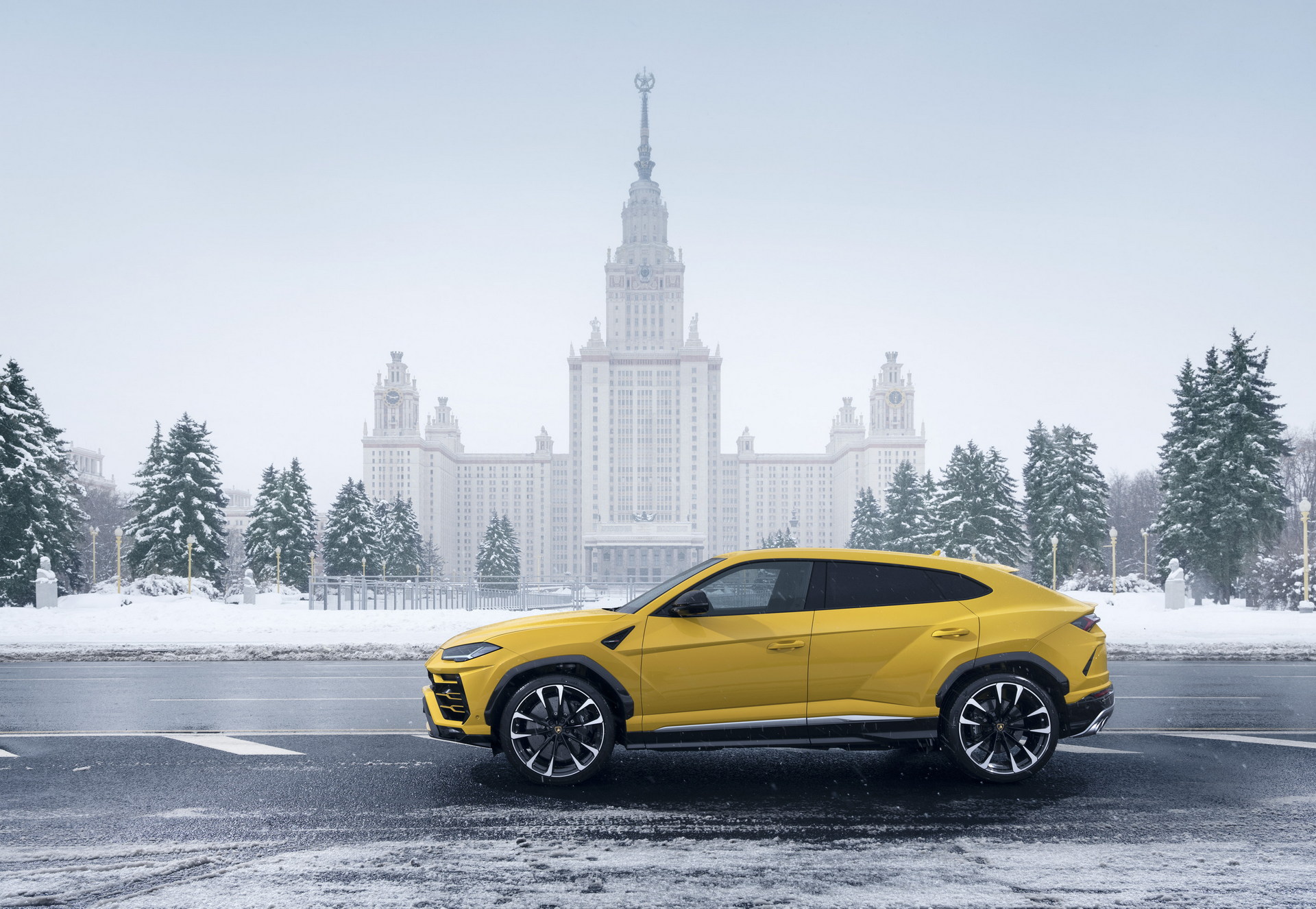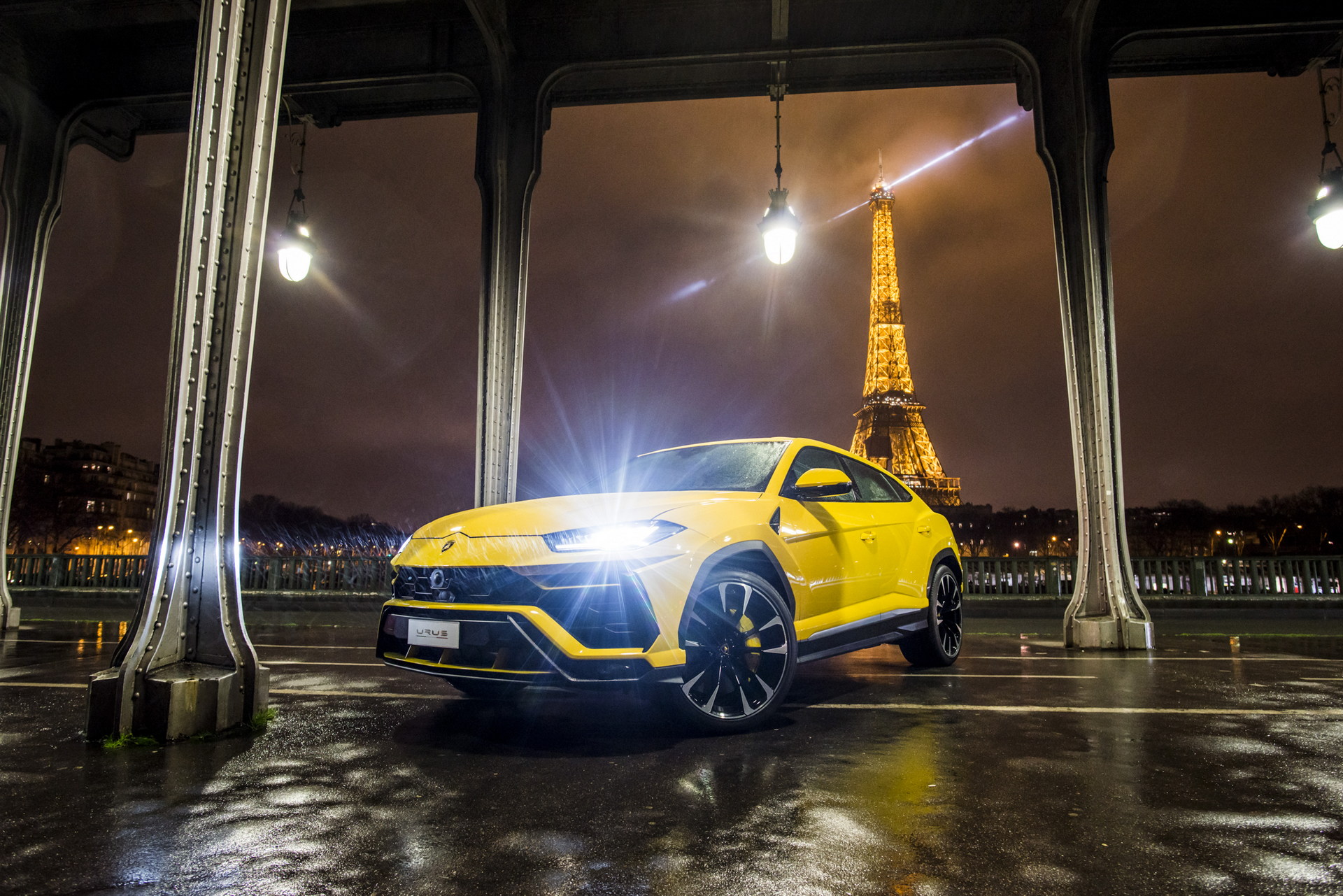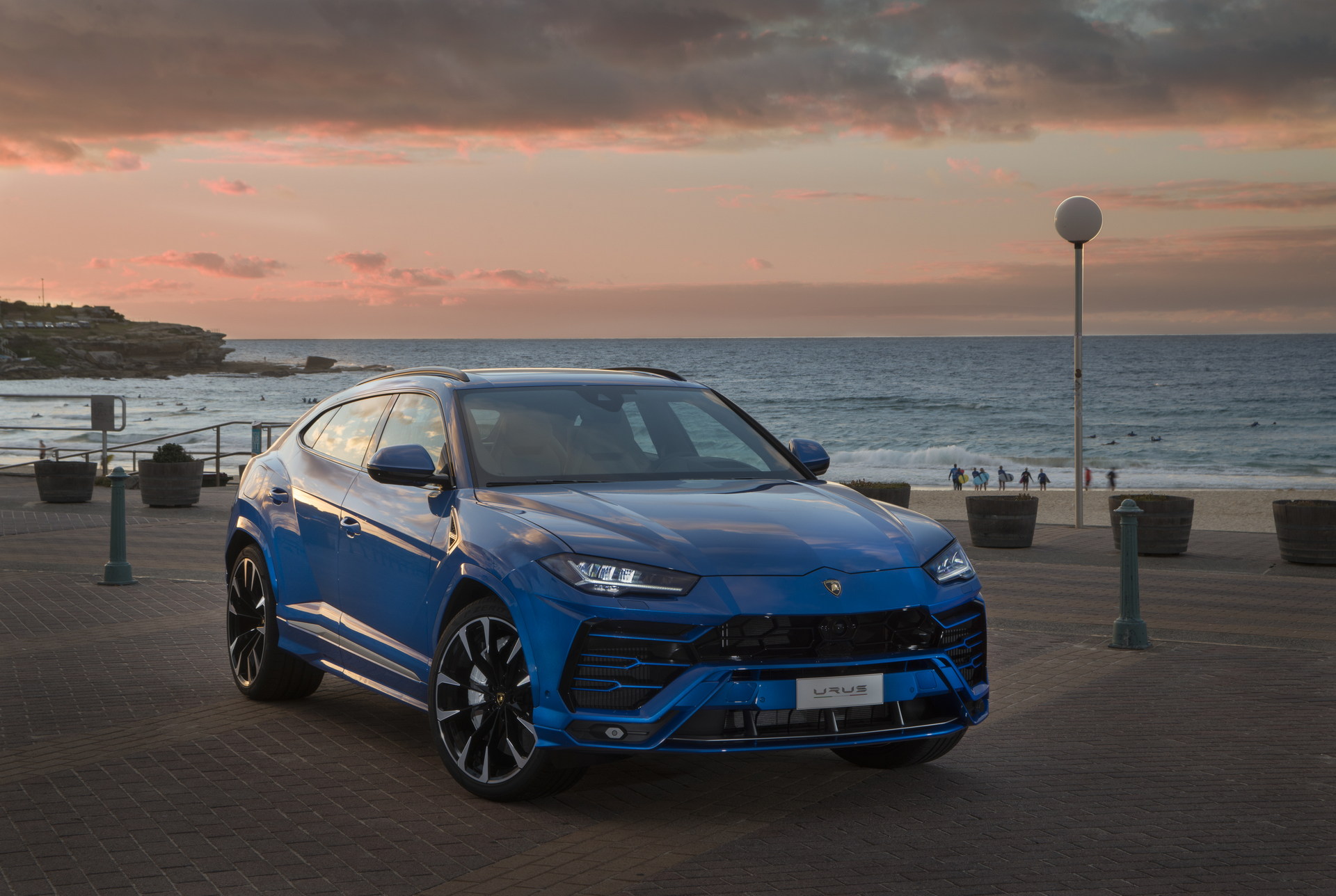It has been four years since the debut of the Lamborghini Urus, the super SUV that changed the course of Sant’Agata’s history bringing record-breaking sales and unprecedented profitability.
The Urus was introduced on December 4, 2017 as the third model line in Lamborghini’s range next to the Huracán and the Aventador. During the past four years, Lamborghini has sold 16,000 units of the Urus. This is more than the 14,022 units of all variants of the Gallardo (2004-2014) and on the road to surpassing the accumulative sales of the Huracán (2014-present), stealing the title of Lamborghini’s best-selling model ever. Another important thing is that 85 percent of Urus buyers are new to the brand, expanding its client base.
Read Also: The 22 Fastest Gas-Powered SUVs On Sale Ranked By Power
In order to produce the Urus, Lamborghini doubled the Sant’Agata Bolognese premises from 80,000 to 160,000 square meters by creating a new production facility, paint shop, office building, logistic warehouse, test track, a second trigeneration plant, and energy hub while hiring over 700 employees.
In terms of profitability, the arrival of the Urus brought 40 percent growth in 2018. That year Lamborghini had a €1.415 billion turnover, which rose to €1.81 billion in 2019, followed by €1.61 billion in the COVID-affected 2020.
See Also: Facelifted Lamborghini Urus Range To Get New Performance And Hybrid Variants
The Urus is fitted with a twin-turbo 4.0-liter V8 producing 641 hp (478 kW / 650 PS) and 850 Nm (626 lb-ft). As a result it is one of the fastest ICE-powered SUVs, accelerating from 0-100 km/h (0-62 mph) in 3.6 seconds and reaching a top speed of 305 km/h (189 mph). Among the model’s achievements is reaching 298 km/h (185 mph) on ice in Russia last March, as well as completing the highest drivable road in the world at an altitude of 5,800 meters in India last October.
The next chapter for the Urus will be the upcoming facelift that is expected to bring electrification into the mix with a rumored plug-in hybrid variant and another performance-focused version. Besides the updated Urus, the Italian brand’s range will be electrified by 2024, including the forthcoming replacement to the Aventador flaghsip and the smaller Huracán, before the first fully-electric Lamborghini arrives between 2025 and 2027.








